[DAY 18] Alex Mylona, Cyclades II, 1984
“The white marble from the Dionysus quarries is the material which I use, and which best expresses me today. Simple, but full of light and life, it has an autonomous quality. Complicated forms do not suit it;they would hide its beauty. Clear, plain lines, such as the circle, the semicircle, the square, the rectangles have always been what one might call “symbolic” shapes. What has always played a dominant role in my work is synthesis, with instinct as its guiding forces”.
Alex Mylona, 1986
[Alex Mylona, Cyclades II, 1984, Marble, 105x90x30cm, MOMus - Museum Alex Mylona]
[DAY 1] Alexander Plomaritis, “49 g”, 2020
How much does human freedom weigh? Have you ever thought about it? How about today, that you are advised to stay at home? And yet it is a timeless question, which may have a different answer to every condition, whether extraordinary or not, "normal" or not, individual or collective. Alexander Plomaritis in his work, with the participation of detainees-trainees of the 3rd Second Chance School of Diavata, literally weighs the Polaroid photos that they are all put together in a performance for the camera and gives us a response with the title of his work: Alexander Plomaritis, “49 g”, 2020, scale, Polaroid photos. [From the current exhibition "Honorable Outlaws - Face. Freedom. Silence" at MOMus -Experimental Center for the Arts]
[DAY 26] Avraam Pavlidis, Orfani Amerissa, St. Anna, Skyros, 15.7.2000
The work of Avraam Pavlidis pays tribute for three decades now in the local folk culture, its various manifestations and the places it resides. The public discourse during these cloudy days turned its lights justly towards the most vulnerable groups such as, among others, the elderly people. Will tomorrow’s sunnier times though offer the least of care for these veterans and every vulnerable group? Will we experience a conscious respect for the elderly, for the culture they created or guarded for the generations to come?
[Avraam Pavlidis, Orfani Amerissa, St. Anna, Skyros, 15.7.2000, MOMus - Thessaloniki Museum of Photography]
[DAY 19] Liubov Popova, “View from my window onto houses”, 1906
This youthful drawing depicts the view of houses Liubov Popova saw from her window when she was sixteen. The representation of the buildings seen, as she mentions, ‘from the apartment on Mitninskaya Street alongside the river’ in St. Petersburg, records the young artist’s impressions of the urban landscape of the Russian capital, which Popova visited with her family after they had moved to Moscow from Yalta in 1906. The young painter realizes that the view from the window to the big city offers powerful images that embody the intricacies of human life, images completely different from those of nature.
[Liubov Popova, “View from my window onto houses”, 1906, MOMus-Museum of Modern Art-Costakis Collection]
[DAY 8] Detail of Mary Zygouri's work, "Frankestein and the Frankestein Brides of Diavata"
The detainees-trainees of the 3rd Second Chance School of the General Detention Center of Diavata, with whom Mary Zygouri worked, "made" Nasieet or Nektarios (acronym for team members' names). He speaks Albanian, Pontian, Arabic and Ibdo. He liked fast cars and football. His dream was to study law. He wanted to help people. He didn't want injustice. The prisoners thus imagined him holding a bouquet of roses, purple and red.
[Image: Detail of Mary Zygouri's work, "Frankestein and the Frankestein Brides of Diavata", drawings and dummies in natural size, which emerged from the collective workshops in the women's and men's departments at the 3rd SCS of Thessaloniki. Prisoners-trainees who participated with her were: Amalia, Angelina, Gardenia, Theodora, Svetlana, Teresa, Alkiviadis, Arthur, Ahmend, Eglo, Endri, Enver, Qamar, Kostas, Klodian, Besnik K., Omar, Raphael, Stathis, Juko].
[From the exhibition "Honorable Outlaws - Face. Freedom. Silence" at MOMus-Experimental Center for the Arts]
[DAY 11] Panagiotis Mitsobonos, "Flag bearer", Dafni, November 2017
The 11-year-old Amir from Afghanistan is drawn to be a flag bearer at the October 28th school parade. Some, however, have objections. Early in the morning, they attacked throwing stones and bottles at Amir's house, terrorizing him and his family. The perpetrators, among other things, threw a cardboard with the threatening message that Amir's family should leave Greece immediately. The right-wing organization Cryptia was responsible for the attack. "We will fight until the last illegal immigrant is gone, we will use violence mercilessly" they said on their phone call on the "iefimerida" website. To be noted, Amir participated in the October 28th parade holding his school sign.
[Panagiotis Mitsobonos, "Flag bearer", Dafni, November 2017]
[Sketch from the current exhibition "X them out. The Black Map of Racist Violence at MOMus - Museum of Contemporary Art]
[DAY 13] Alex Mylona, LOVE, 1986
Can words express the size of our emotions? How can our actions highlight the significance and the range of events? The Greek sculptor Alex Mylonas (1923-2016) illustrates the word LOVE, creating a great work in public space. Four white elements compose the sculpture entitled "LOVE" (1986, iron, 270X300 cm), located outside the MOMus - Μουσείο Σύγχρονης Τέχνης / Museum of Contemporary Art, inside the TIF-HELEXPO fair grounds. Three capital letters are presented in their entirety, while the letter P (Π in greek) is implied, as it is formed by the vertical sides of the other letters. No matter how you attempt to 'read' the work, it is sure to signify the profound human nature of the work of the creator, as she has said, "life does not fit into the work of art, it is found, it exists within it".
[Alex Mylona, LOVE, 1986, iron, 270X300 cm, MOMus-Museum of Contemporary Art-Macedonian Museum of Contemporary Art and State Museum of Contemporary Art Collections]
[DAY 6] Alexis Akrithakis, Airplane, 1982
Even if you're thinking of trips you can't do, maybe trips you don't want to do, Alexis Akrithakis's work is what allows you to think both twice. He often talks about life and love, about desire and trauma, as if talking about paradise and hell. We have been told stories with language, stories through persistent little painting gestures (the famous "tsiki tsiki"), stories through an iconography that often brings forth suitcases, boats or anything like a toy. In the work of the MOMus collection, the plane flies into a red evening sky, in which the Big Bear glows with neon light, and awakens memories different for each one.
[Alexis Akrithakis, Airplane, 1982, plastic color, wood, neon, Donation of Alexander Iolas to Macedonian Museum of Contemporary Art, MOMus - Museum of Contemporary Art-Macedonian Museum of Contemporary Art and State Museum of Contemporary Art Collections]
[DAY 14] Amalia's notebook page
An installation with many notebooks and other objects emerged from the workshops conducted by the artist Dimitris Ameladiotis in the women's and men's departments at the 3rd Thessaloniki Second Chance School in Diavata in the spring of 2019. The concepts elaborated there concerned the words “circle”, “skein”, "cube","nest","sun".
Among the notebooks, that of Amalia, a prisoner.
[Image: Amalia's notebook page]
[From the exhibition "Honorable Outlaws - Face. Freedom. Silence" at MOMus -Experimental Center for the Arts]
[DAY 29] Aleksei Morgunov, “Standing Figure (Aviator)”, 1912-1913
The Futurist poets and painters in Russia professed that a sweeping subversion of the world as we know it is necessary in order to open the way to a brighter future. They believed that the abolition of old values and axiomatic principles will enable humanity to revisit its relation with the universe and with nature, and consequently to obtain limitless potential. When the world has turned into chaos, they would assert in 1913, “new, unexpected and invisible connections” will be revealed. Their model of the man of the future - the Futurist hero - was the aviator, the man who succeeded in overcoming nature’s limitations and achieve the ultimate freedom by flying in the air. Aleksei Morgunov’s “Standing Figure (Aviator)” belongs to this series of visual and literary avant-garde works of art, which support the Futurist belief that after a historic reorganization of the order of the world, humanity will emerge stronger.
[Aleksei Morgunov, “Standing Figure (Aviator)”, 1912-1913, Oil on canvas, MOMus -Museum of Modern Art-Costakis Collection]
[DAY 3] Stephen Antonakos, Untitled (page 51), 1988
Light defines the starting point and basis of Stephen Antonakos's work varying from his austere minimal proposals with the arches, ellipses, and angles, to his poetic juxtapositions of artificial and painterly light, his large scale installations in public space, his Chapels referring to the byzantine tradition, and his imposing compositions in which visible and invisible, material and non-material find themselves in a borderline relation-harmony.
[Stephen Antonakos, Untitled (page 51), 1988, Silkscreen on silver-metallic paper
©MOMus-Museum of Contemporary Art-Macedonian Museum of Contemporary Art and State Museum of Contemporary Art Collections]
[DAY 25] Antonis Papadopoulos, Untitled, 2004-05
Antonis Papadopoulos balances between the real and the imaginary with the skill of a professional acrobat, as he chooses to depict real - ordinary objects but with a surreal way, as one can see in this particular diptych, isolating the bread and the roof tile from time and space, giving them supersized dimensions and symbolic tones. Of course he highlights the fact that nothing else matters, in the present condition, than the "return to the essentials", commenting on the same time just how much some take food and home for granted, while for others they are just as absent.
[Antonis Papadopoulos, Untitled, pastels on canvas- diptych, 150 x 150 cm., 2004-05, Donation of the artist to SMCA, MOMus-Museum of Contemporary Art-Macedonian Museum of Contemporary Art and State Museum of Contemporary Art Collections]



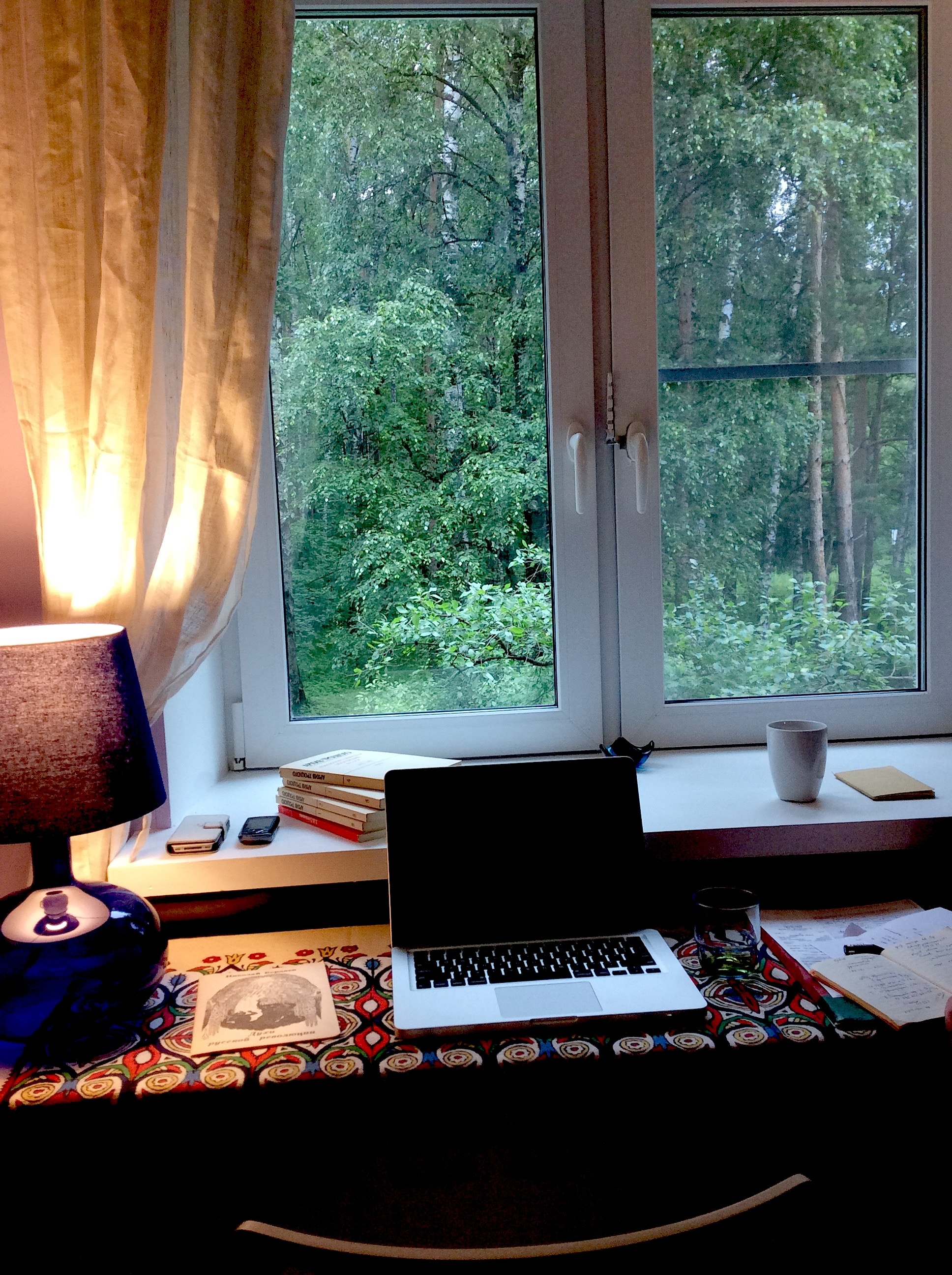
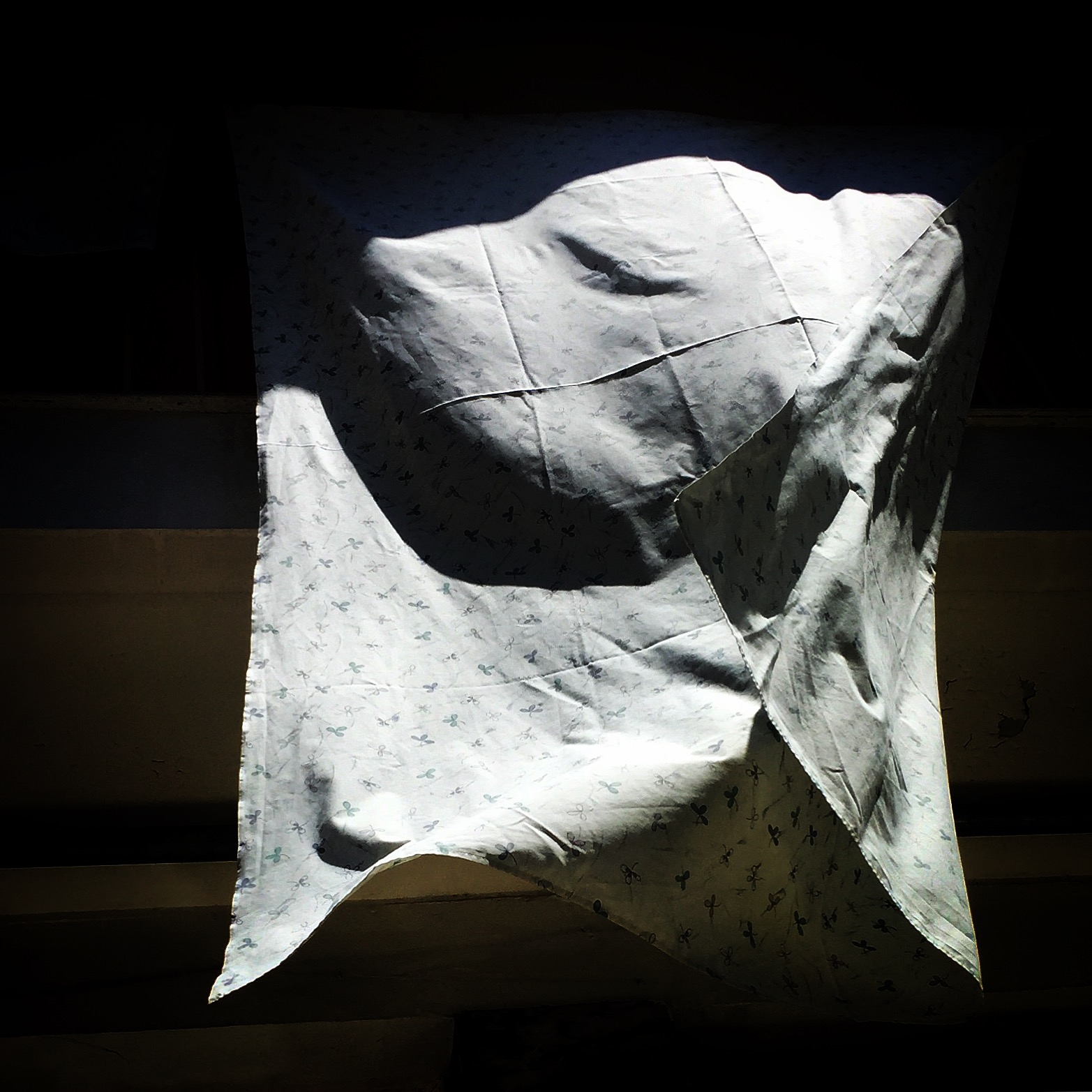
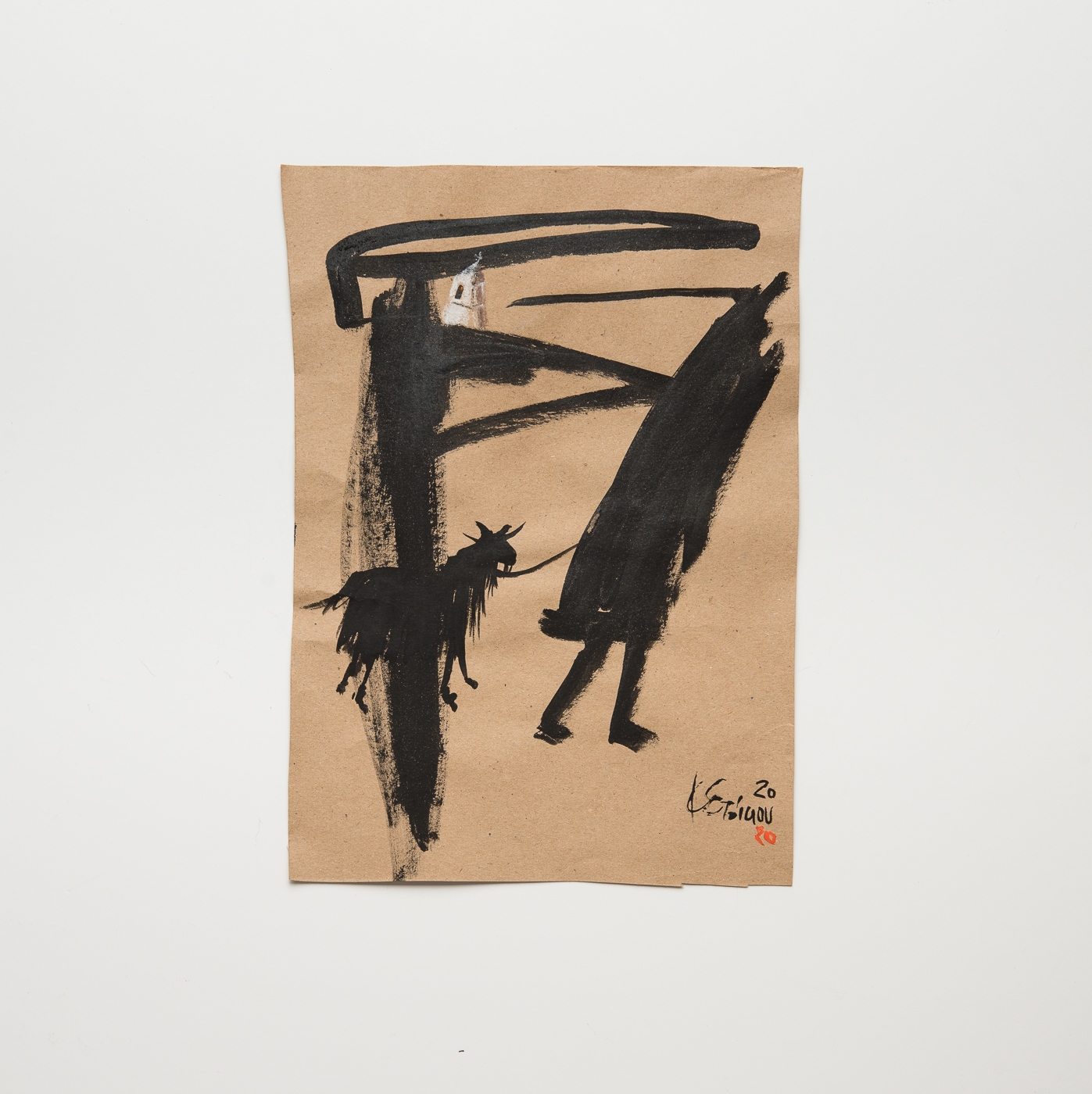

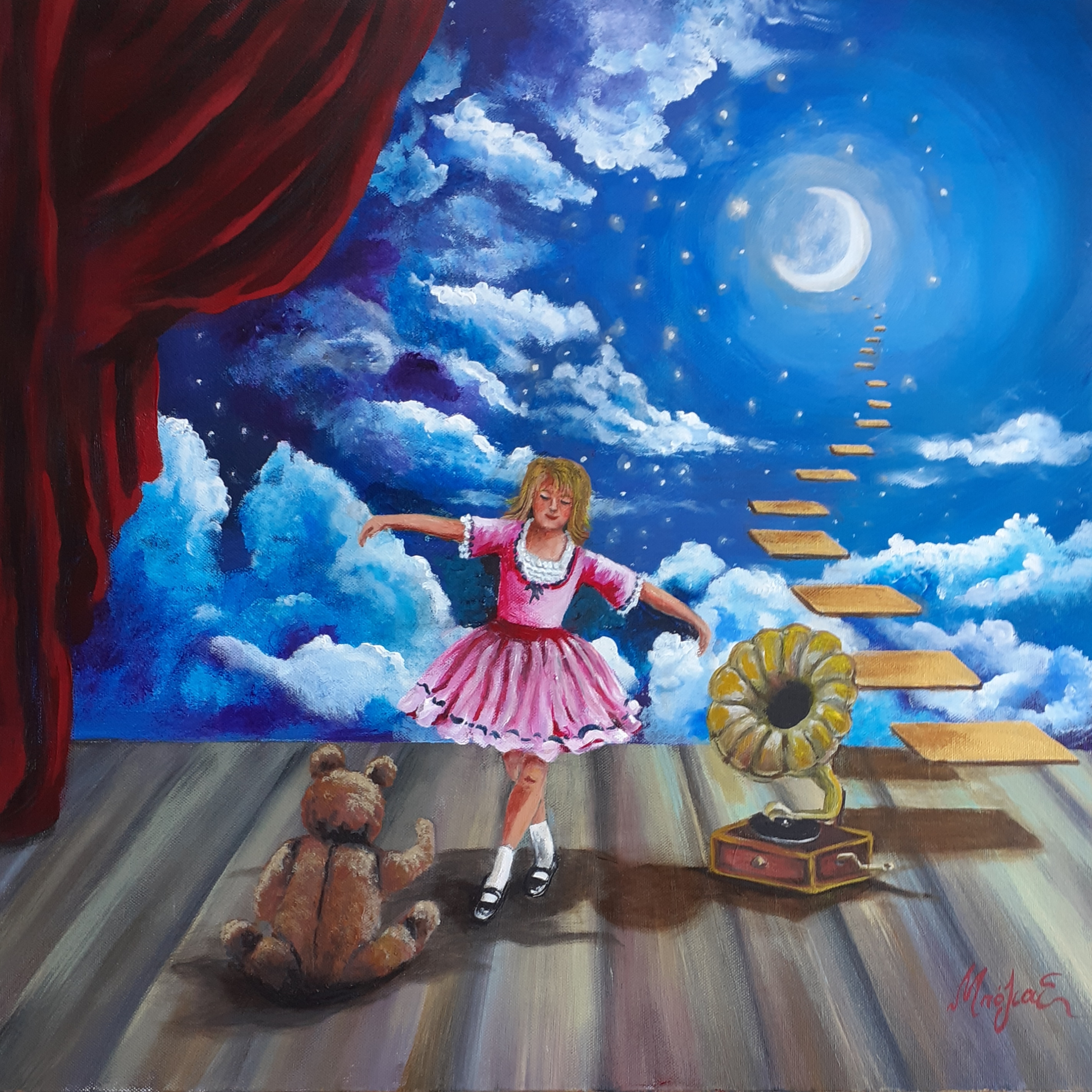
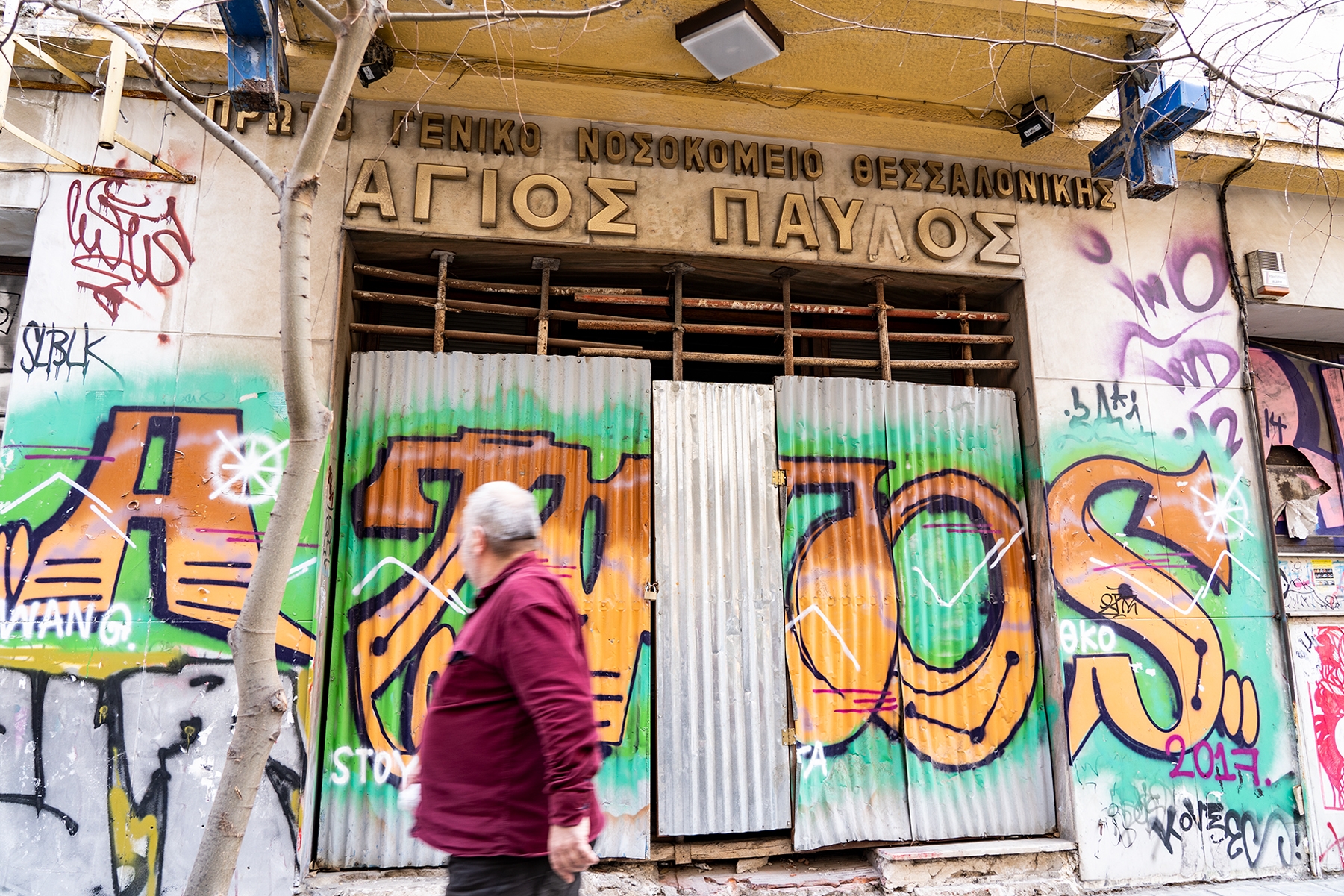
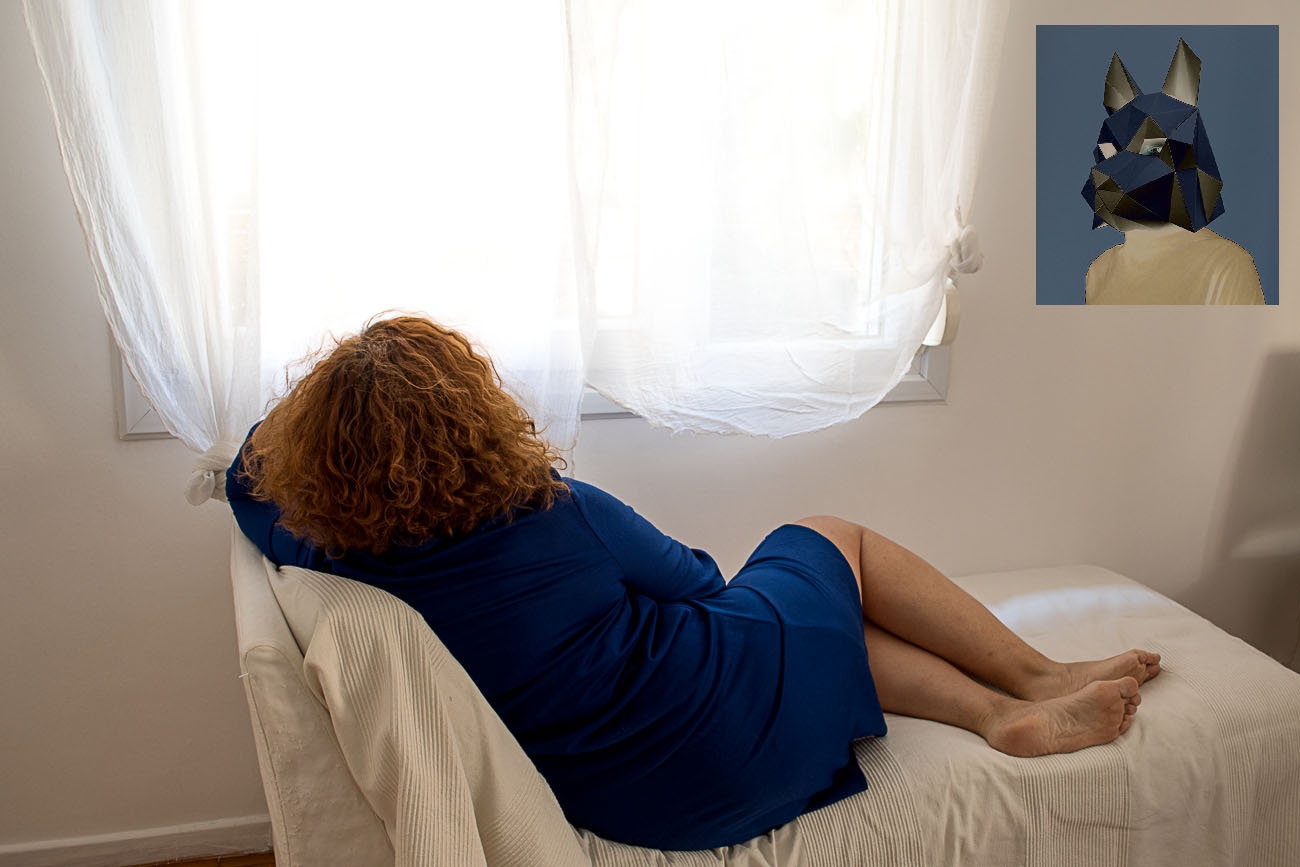
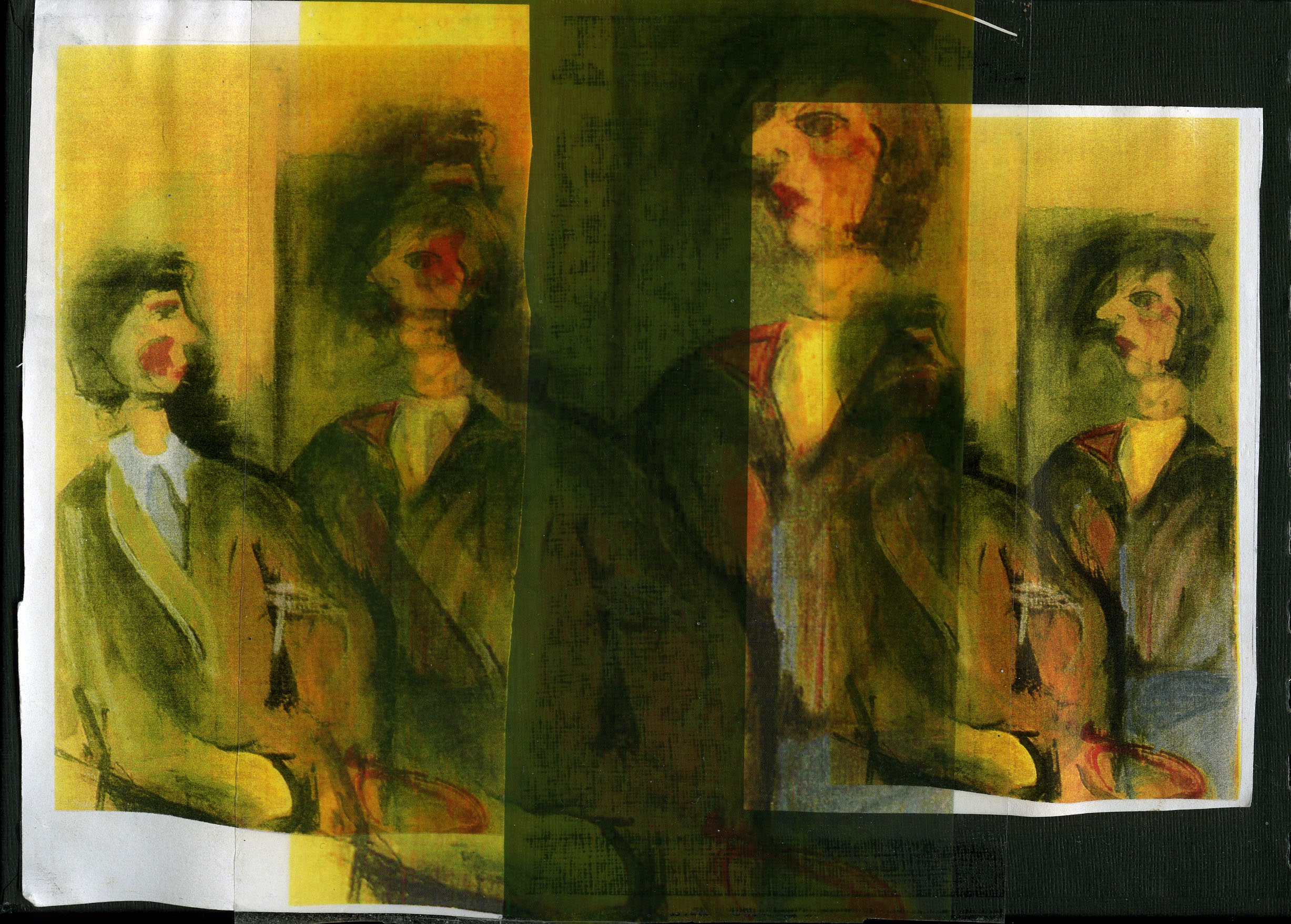
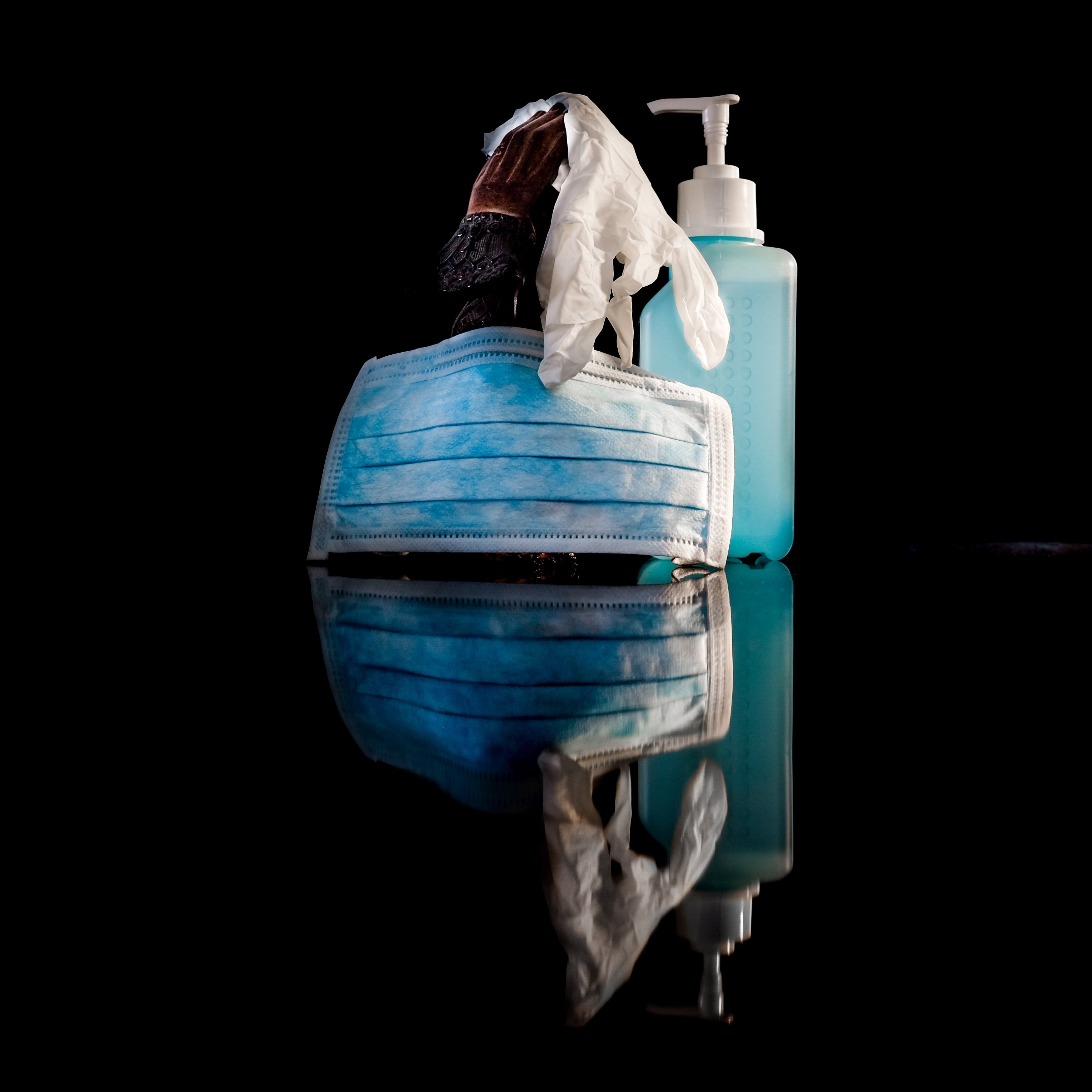
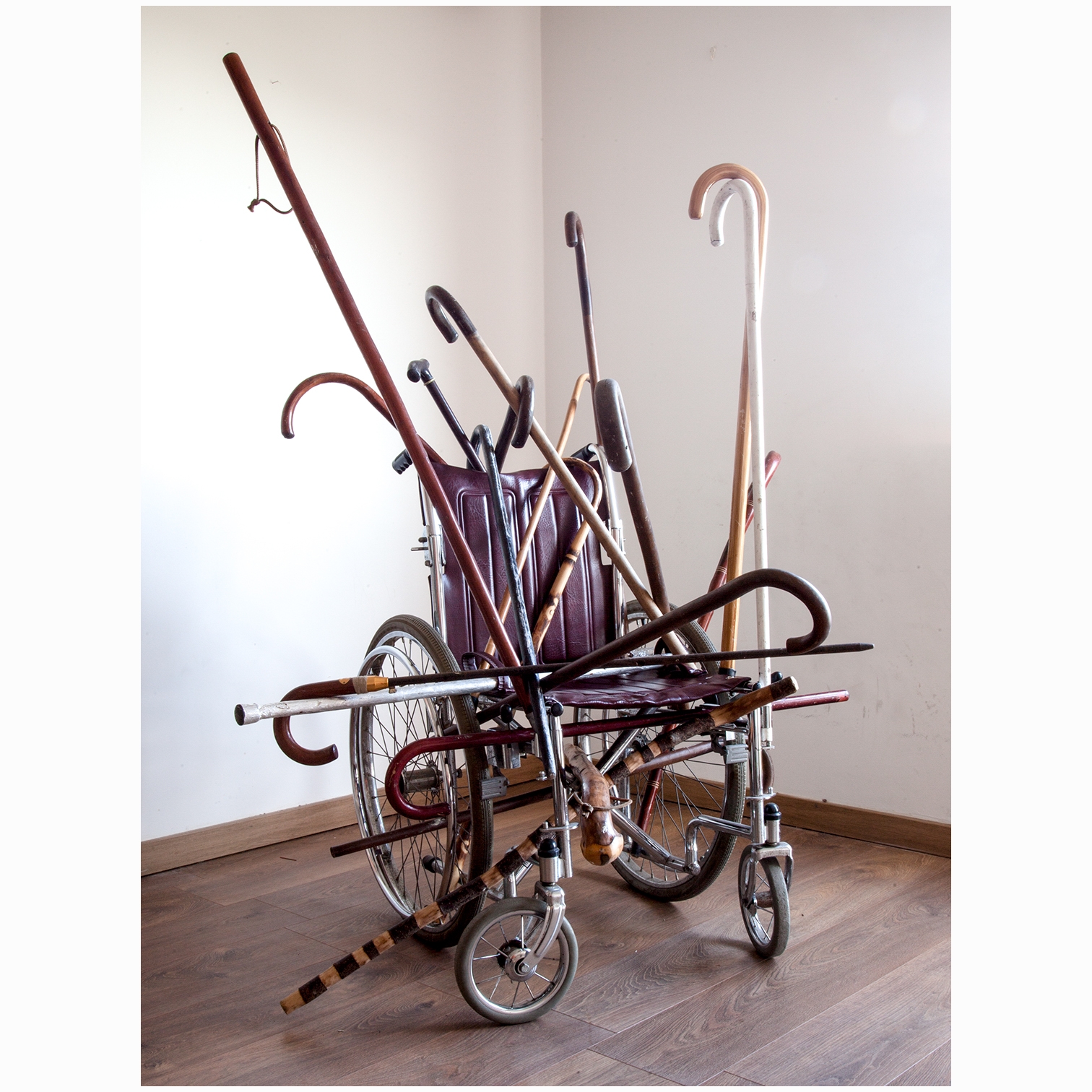
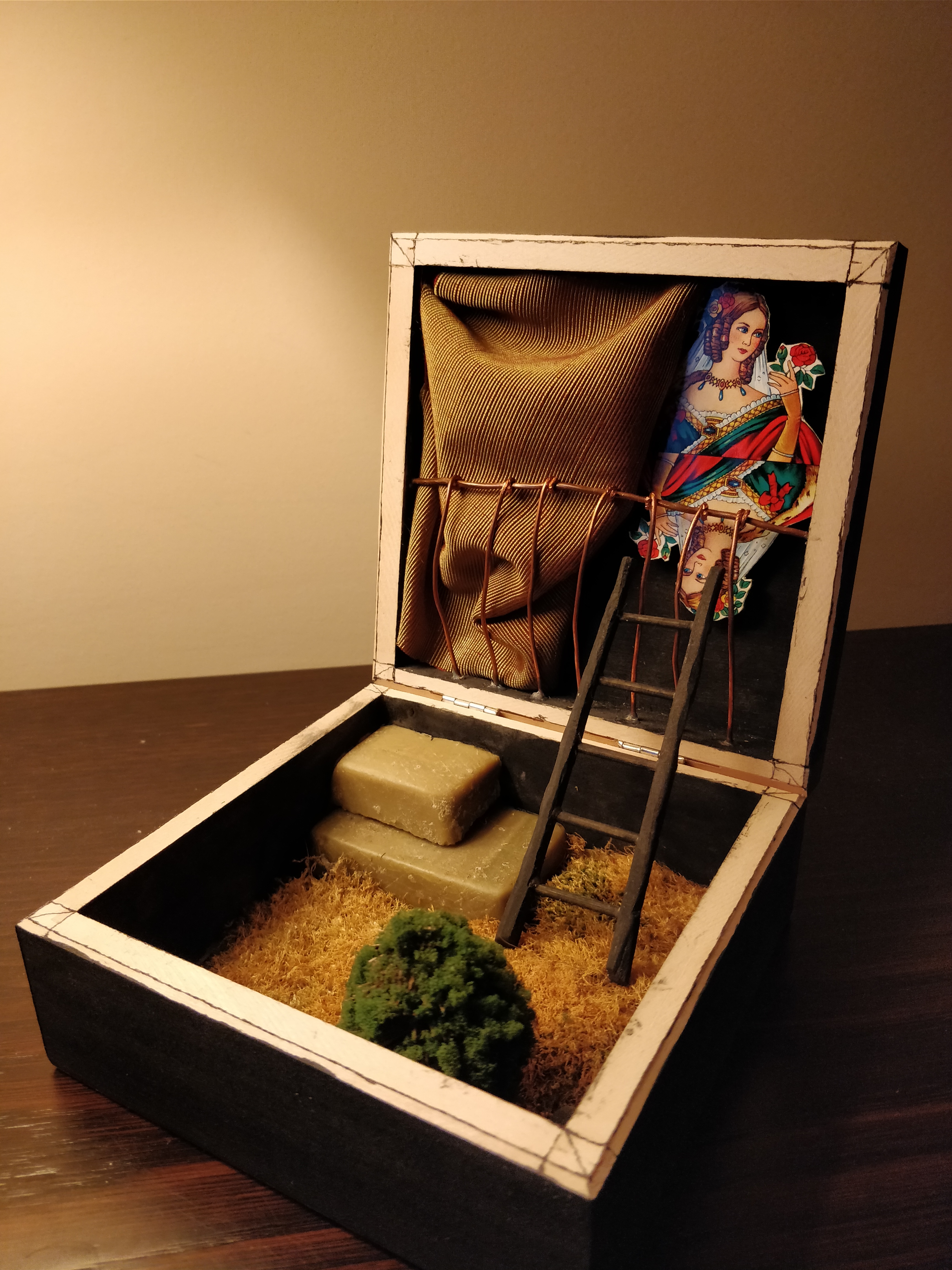
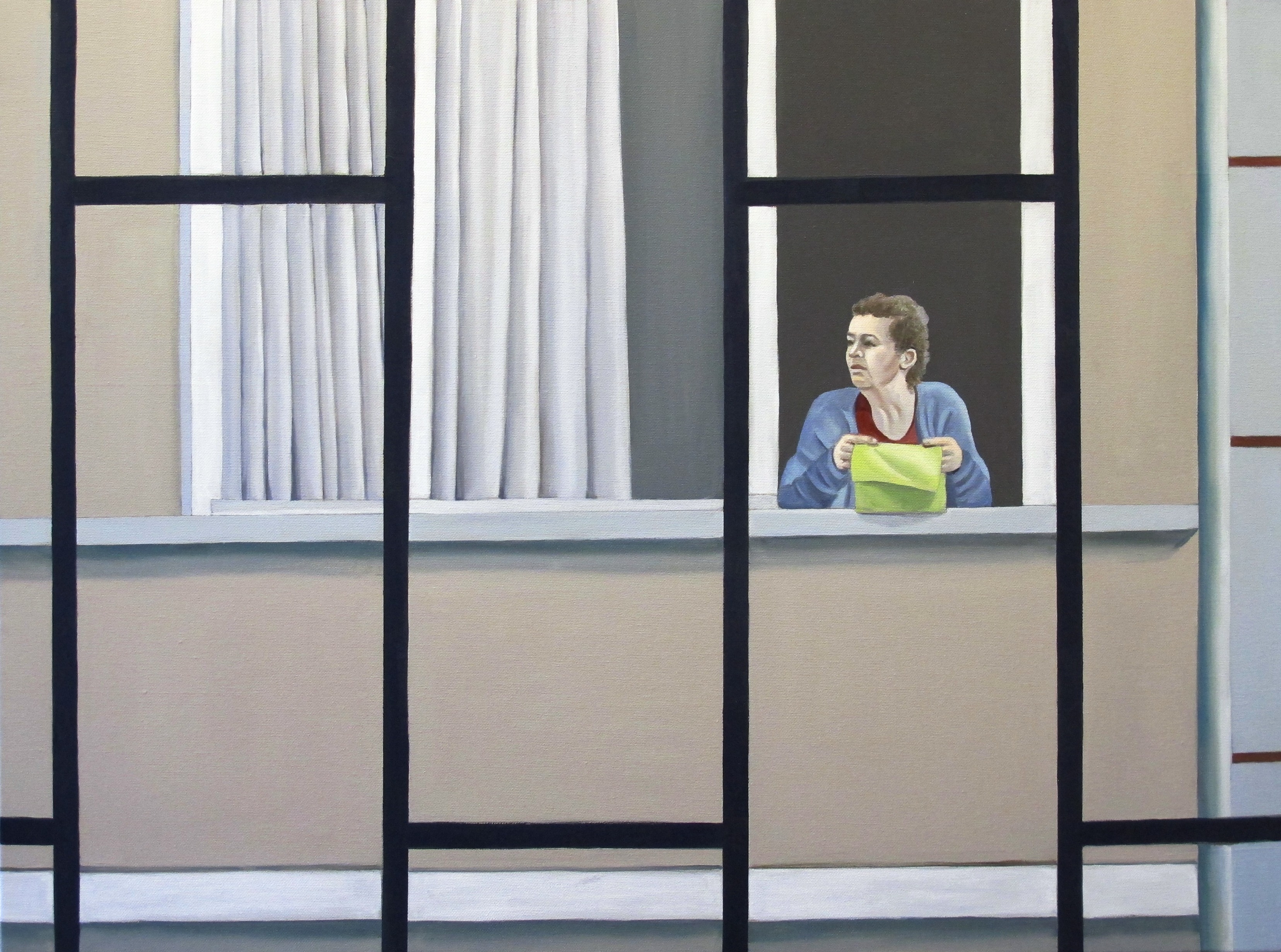

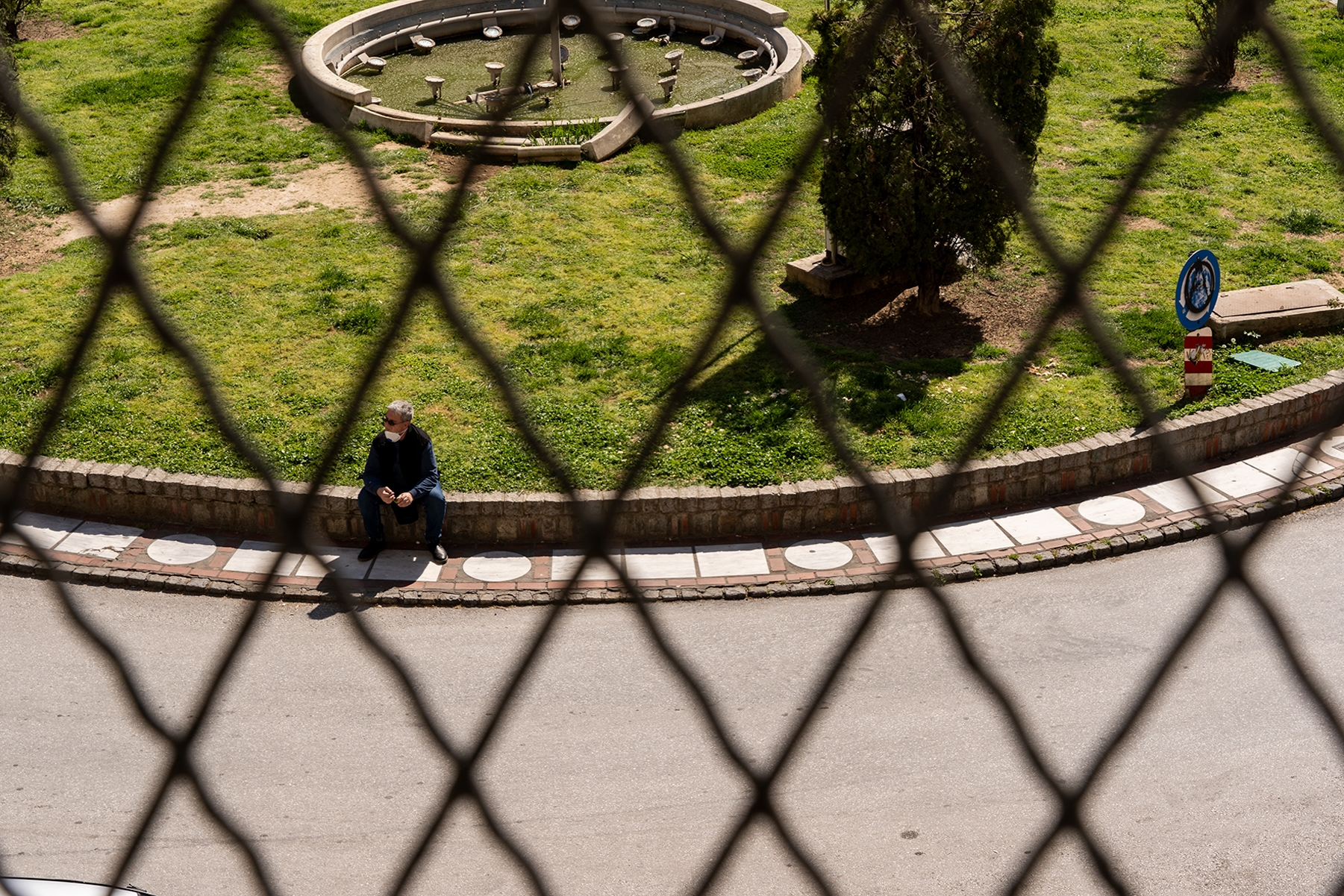
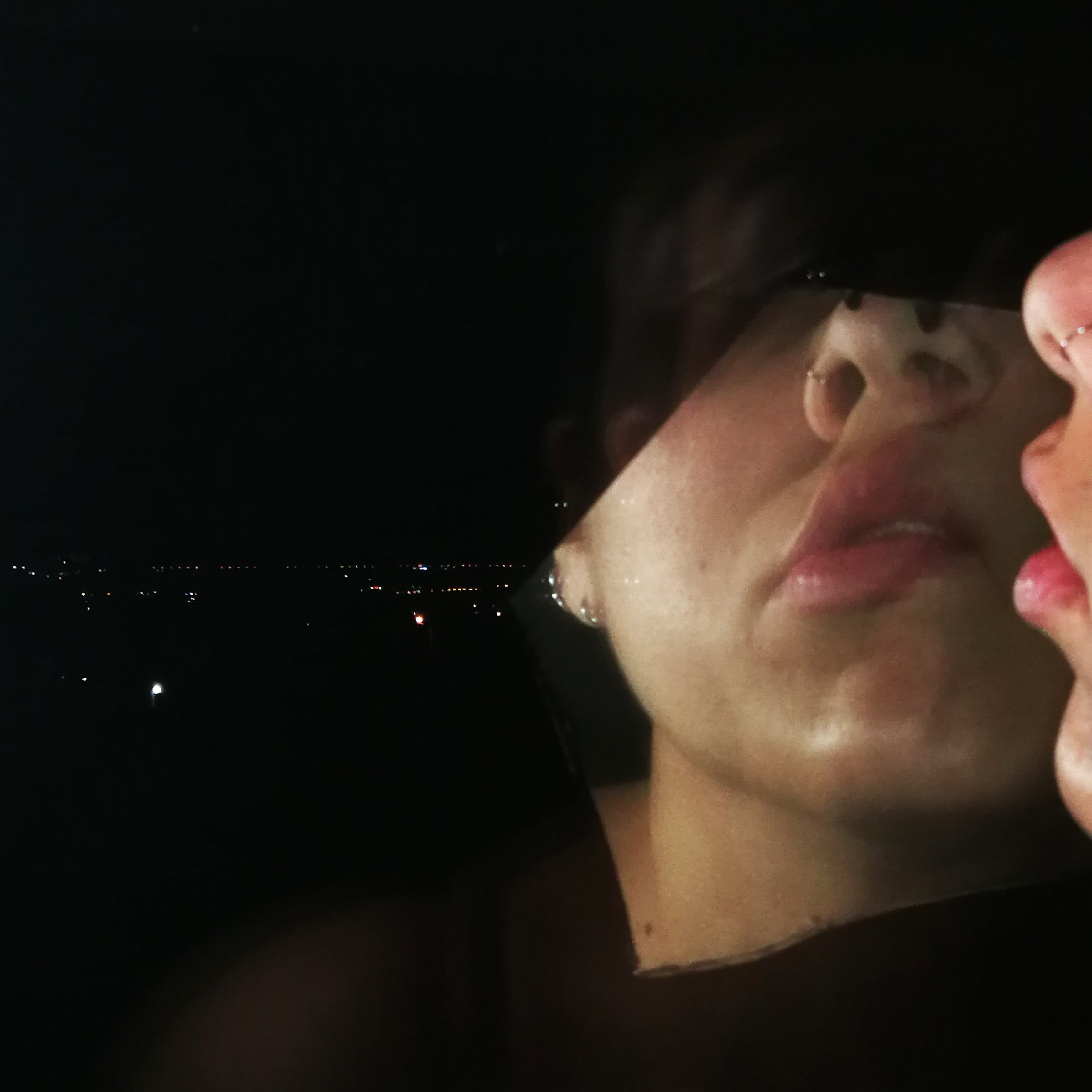

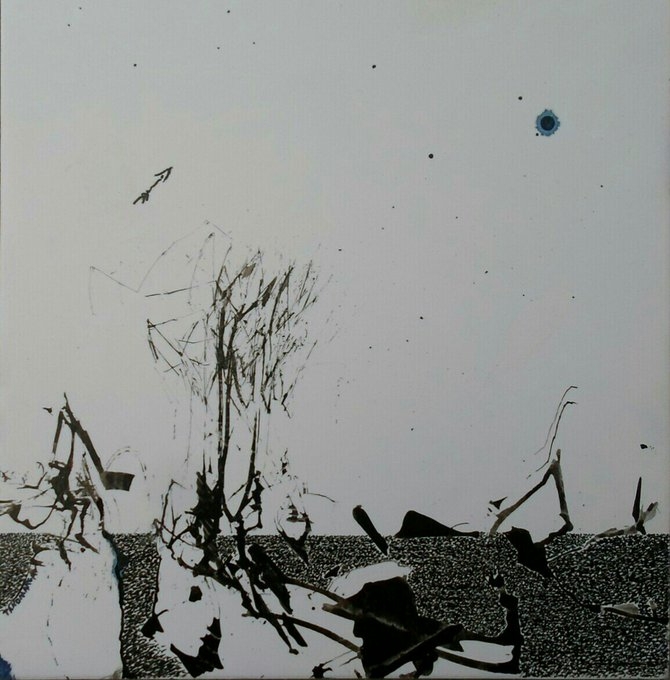
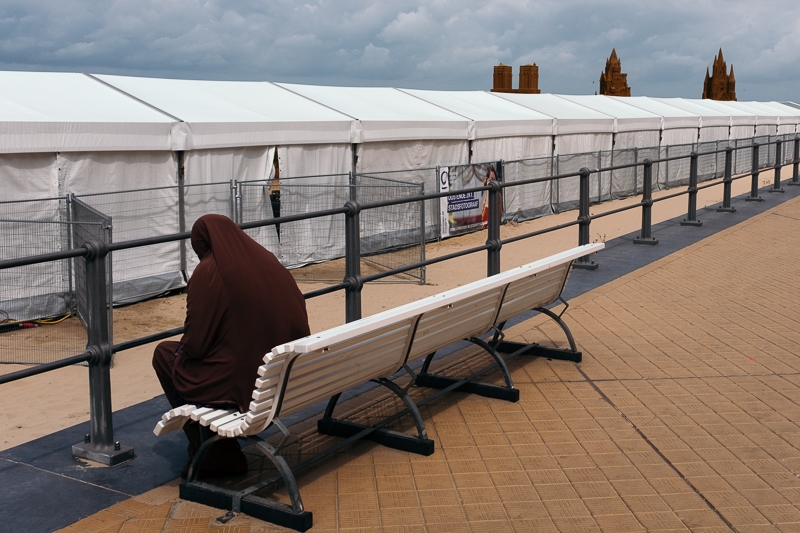
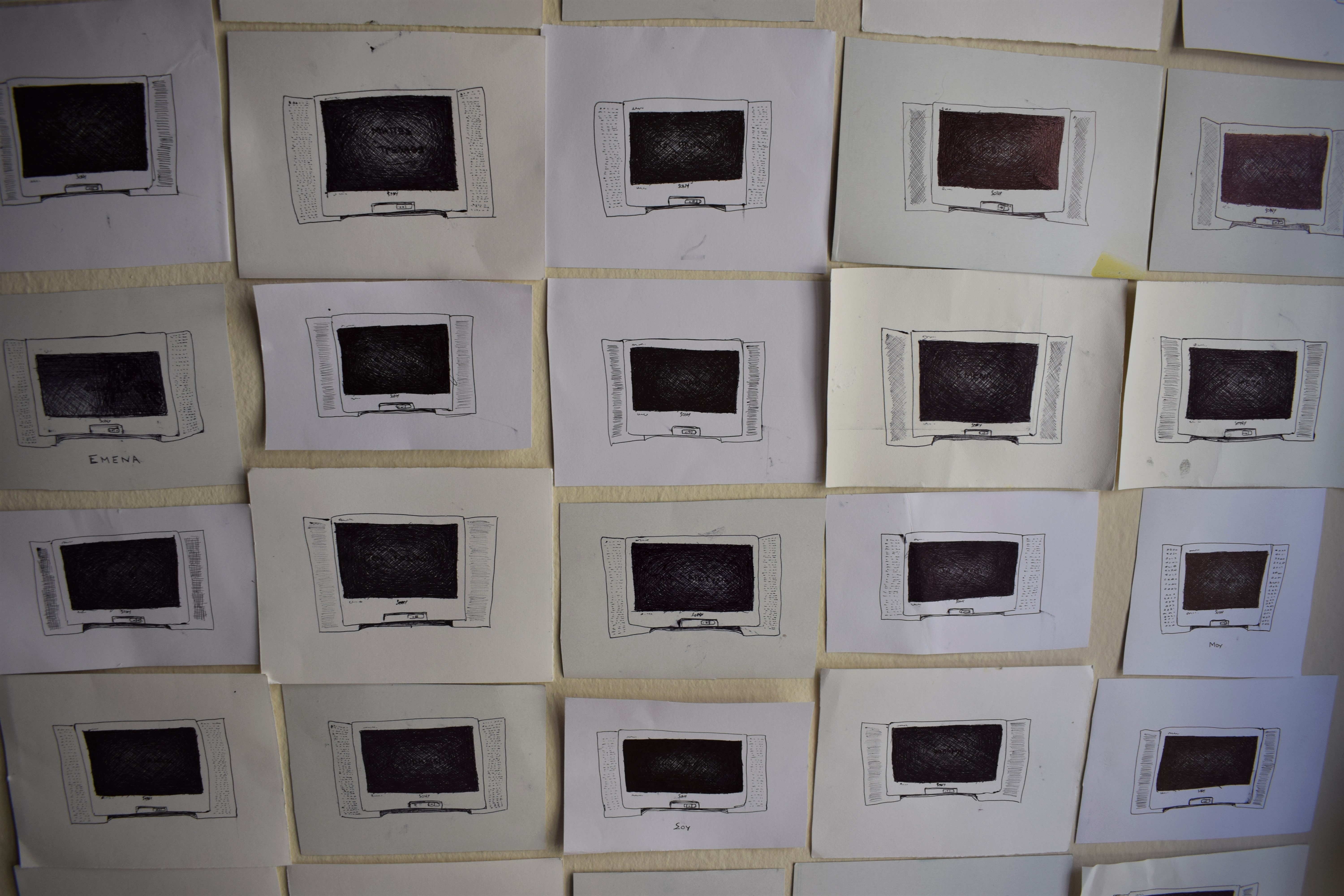
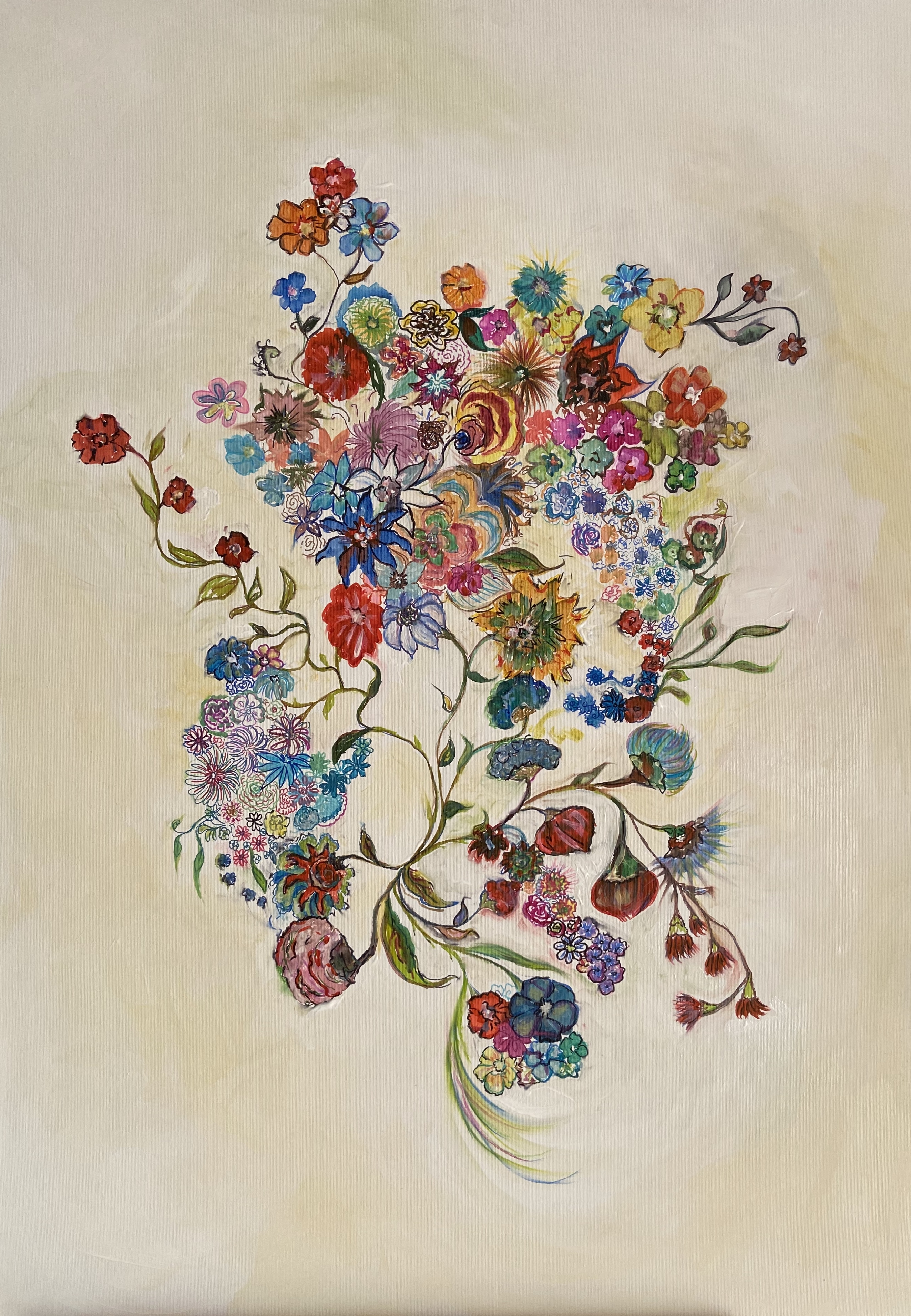
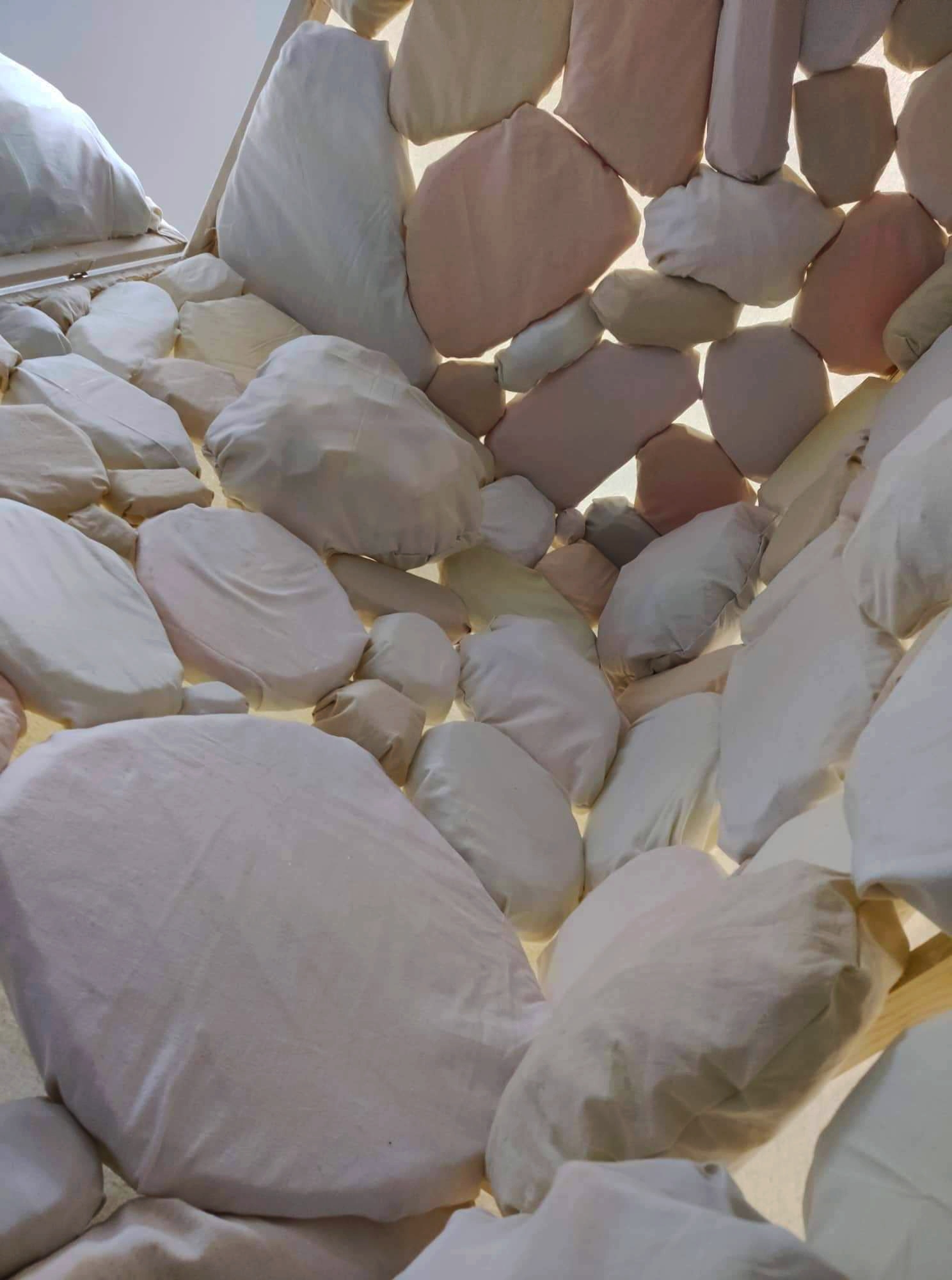

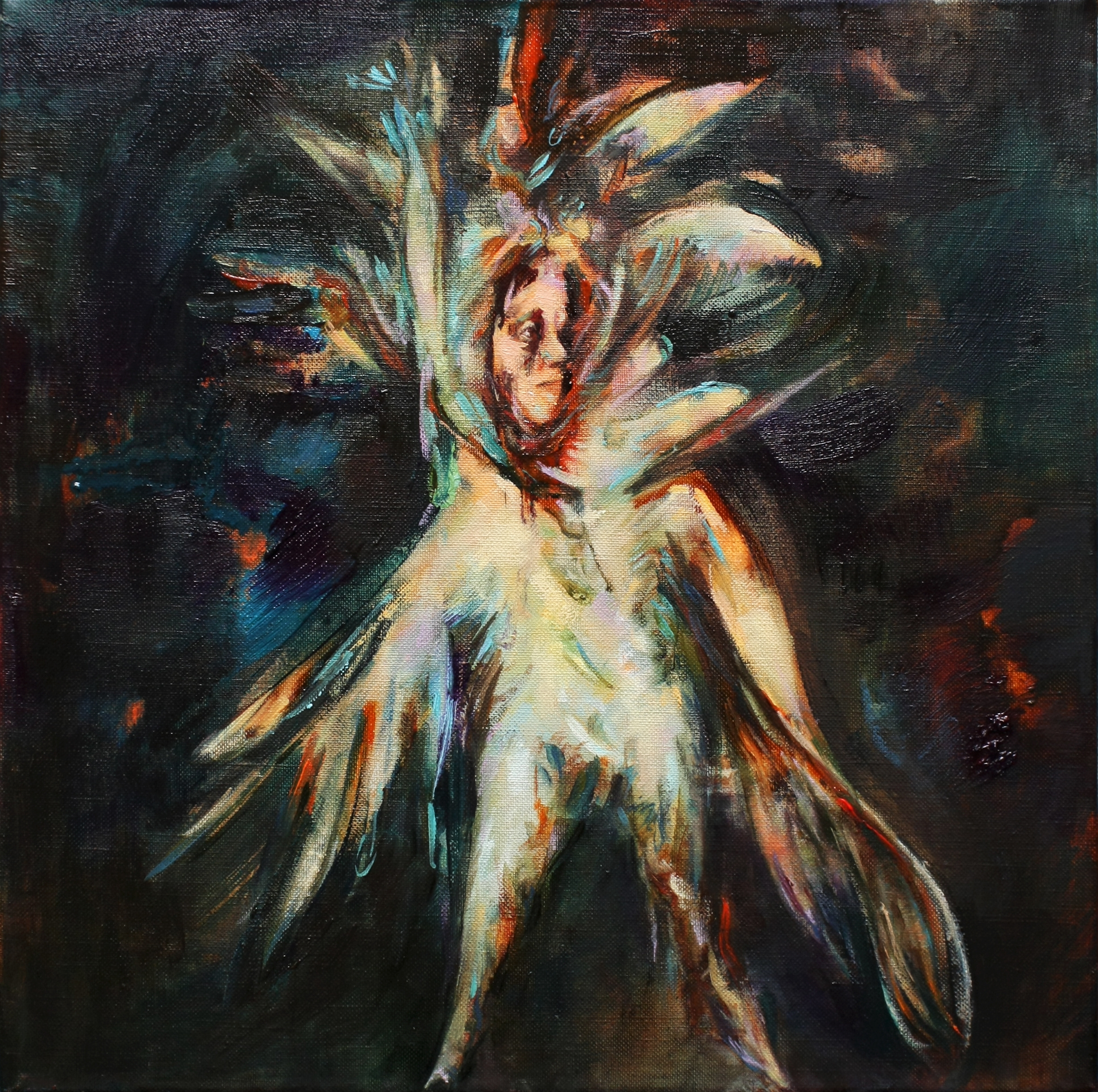
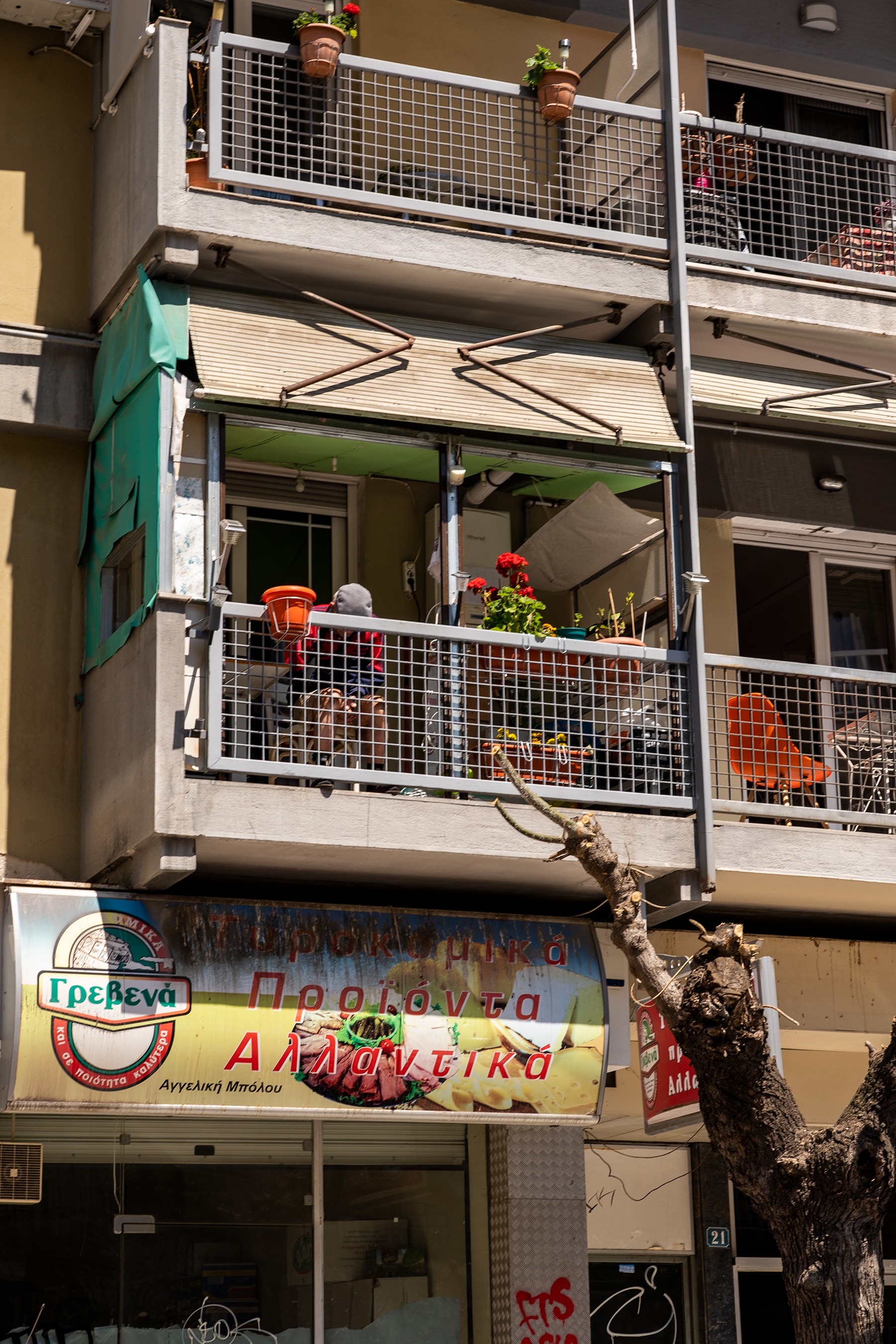
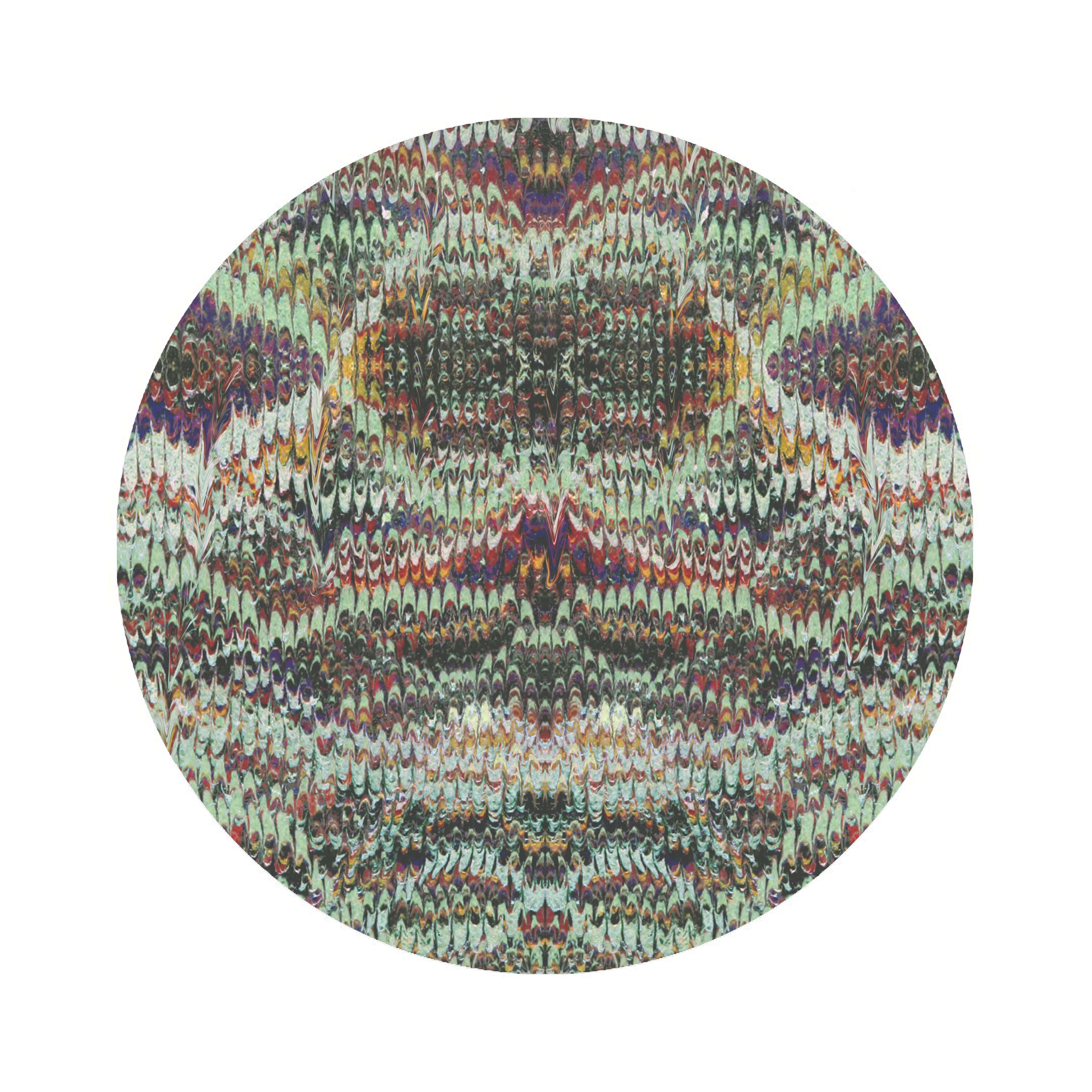
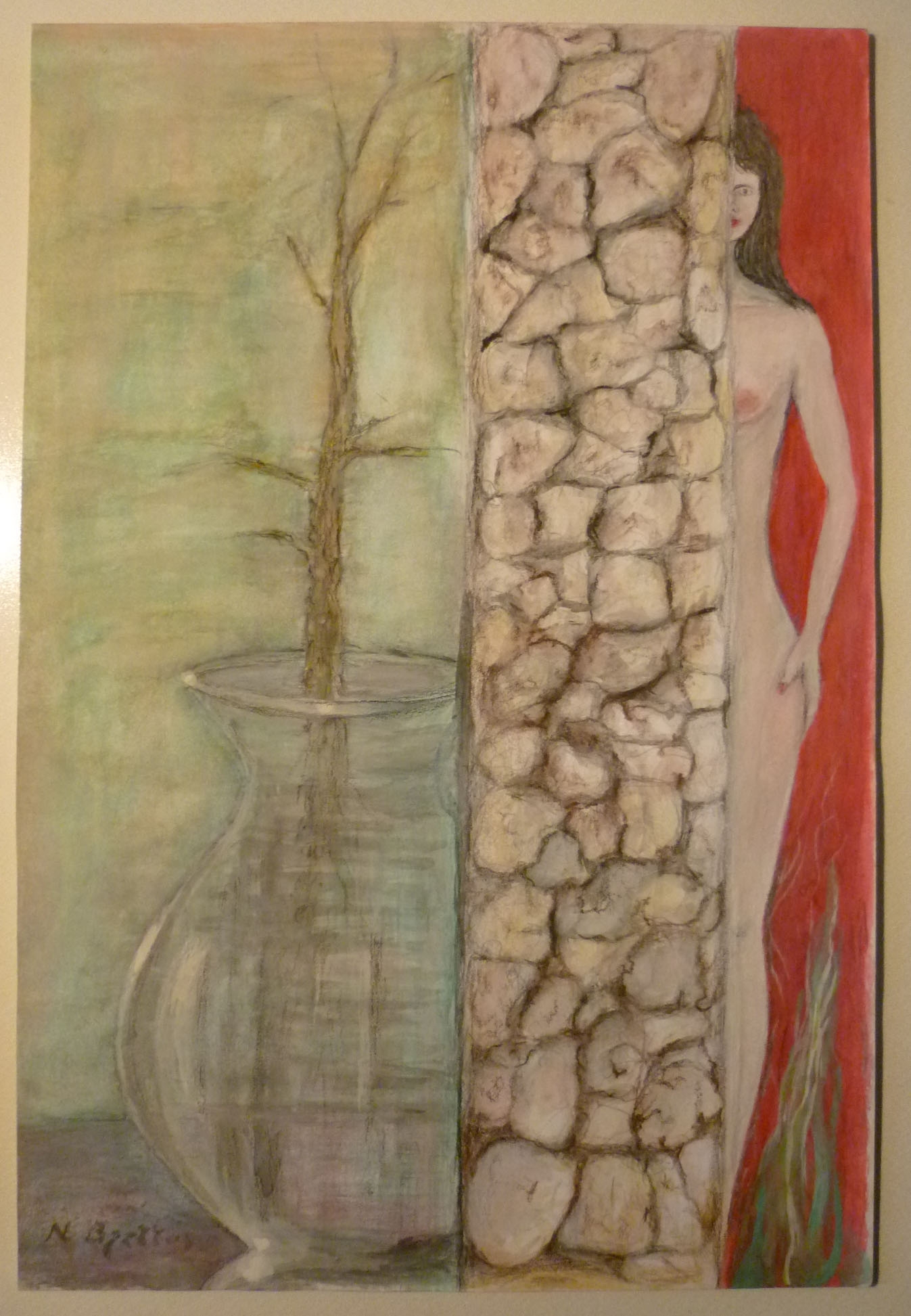
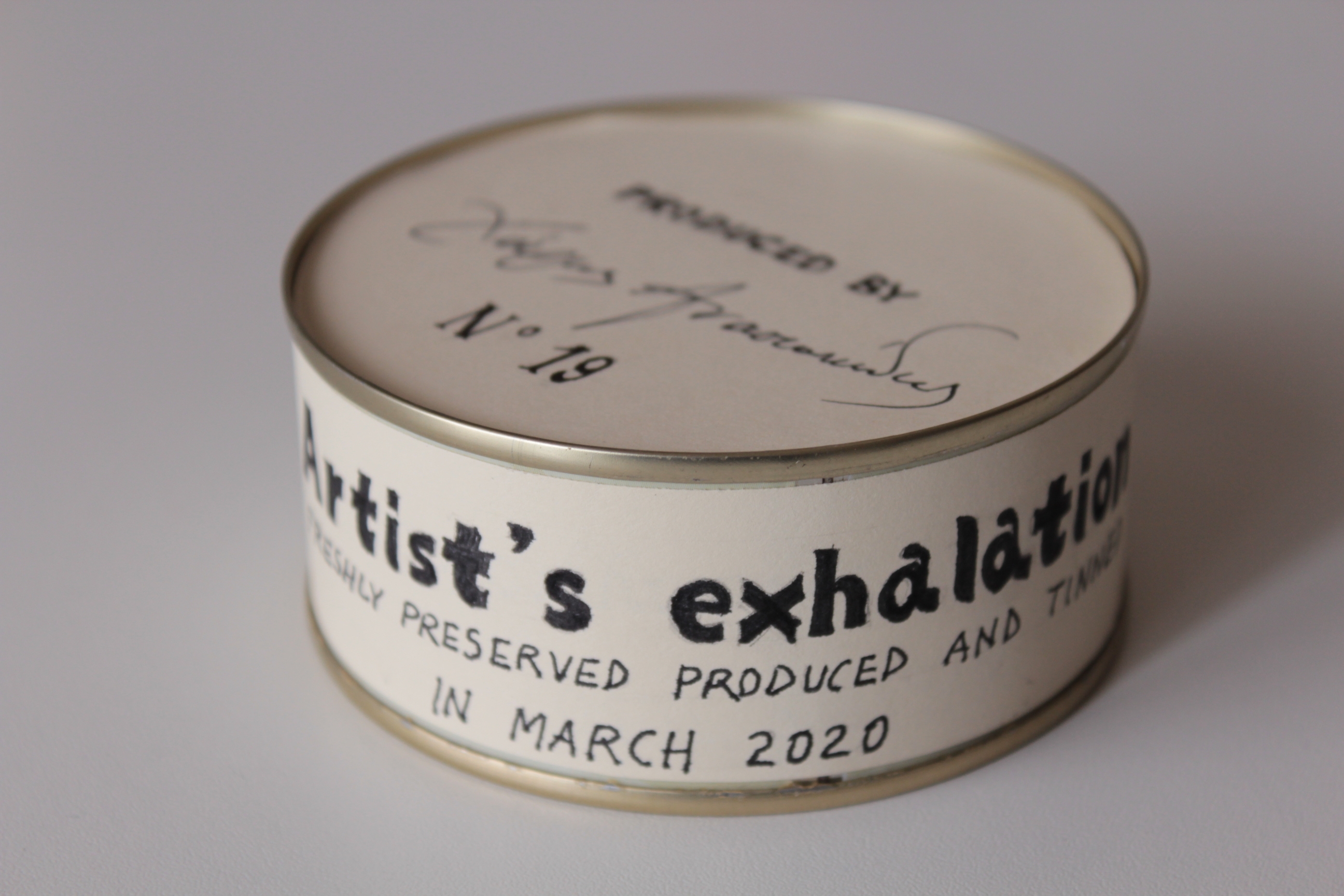
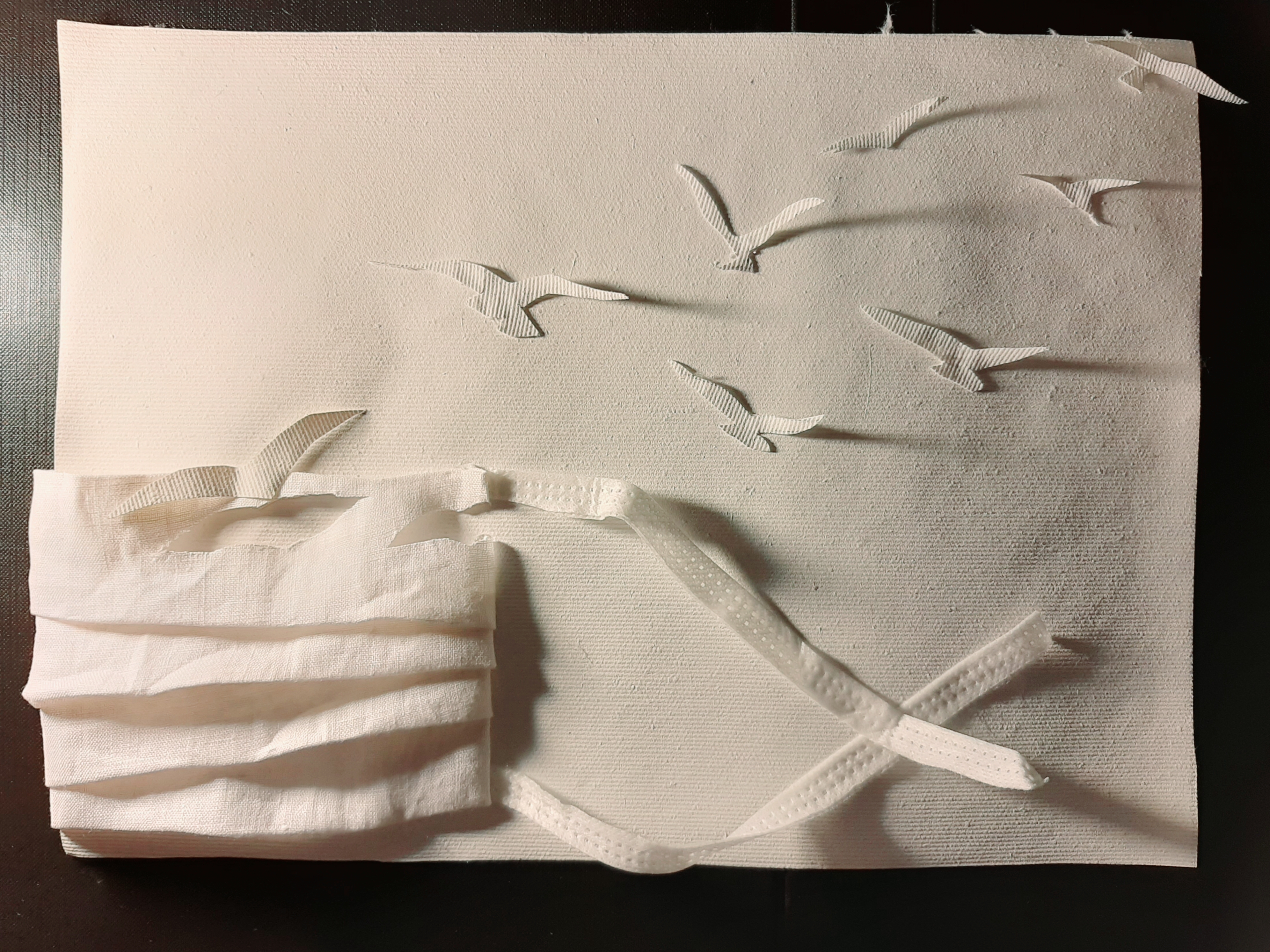
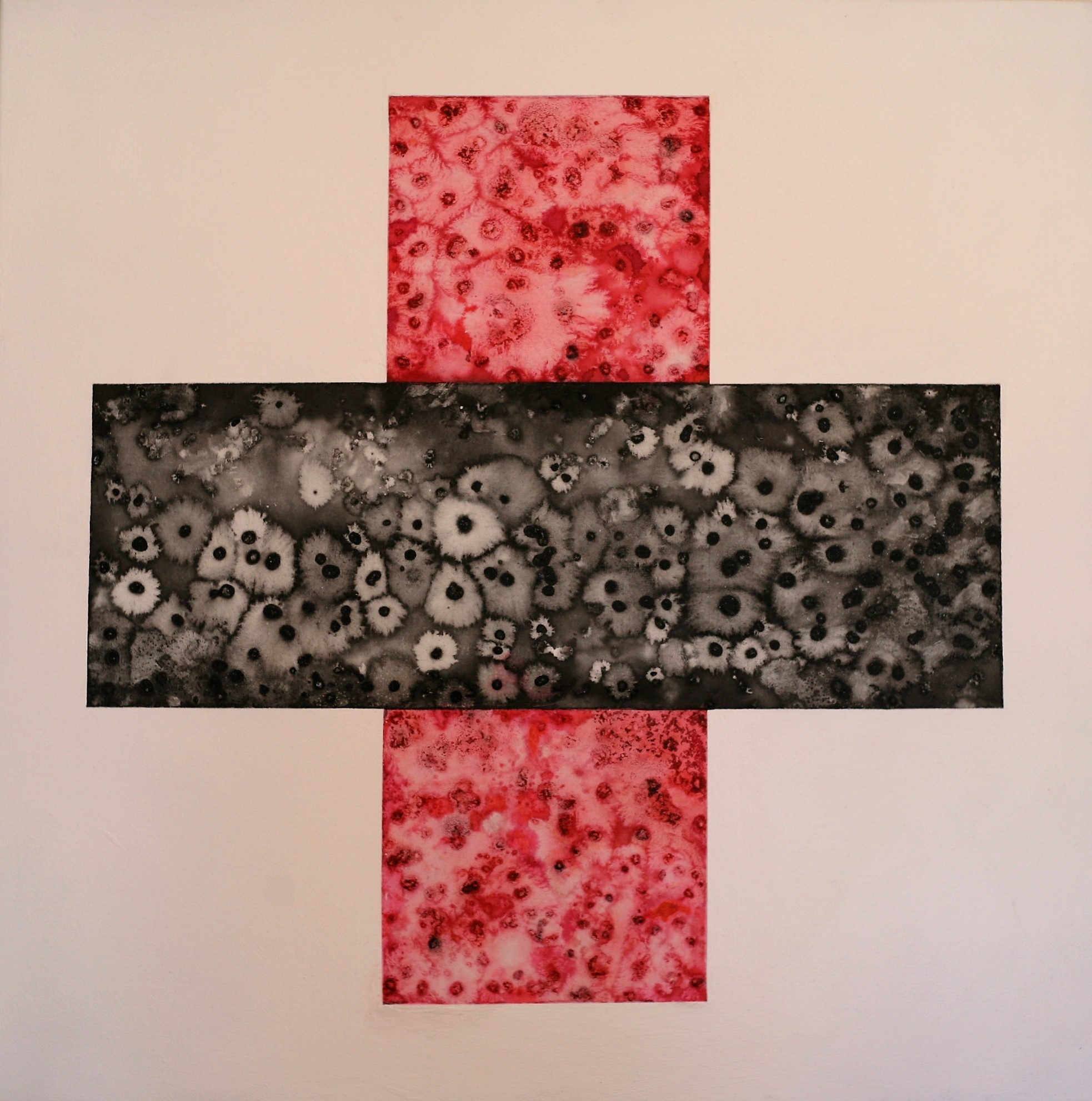
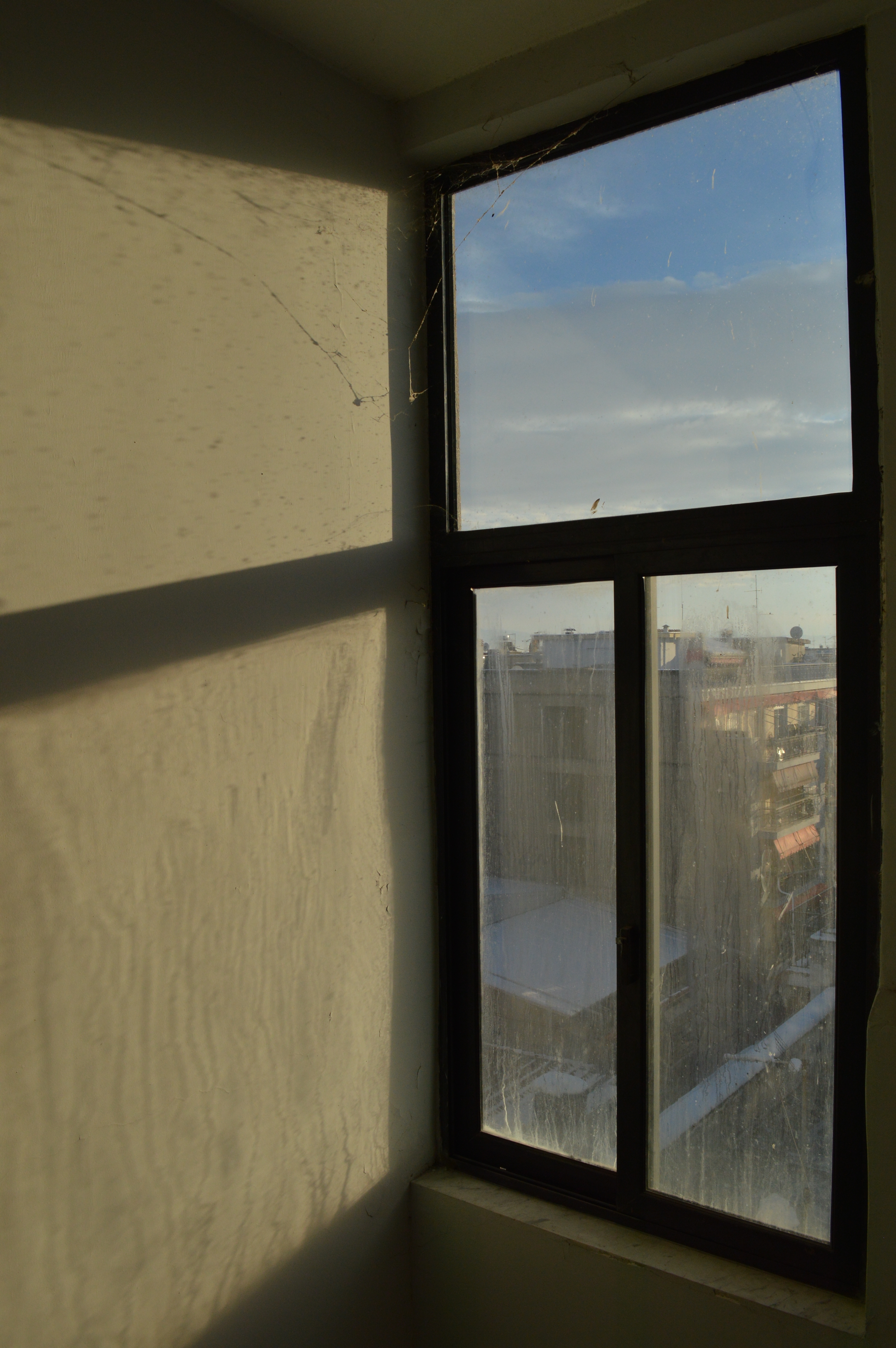
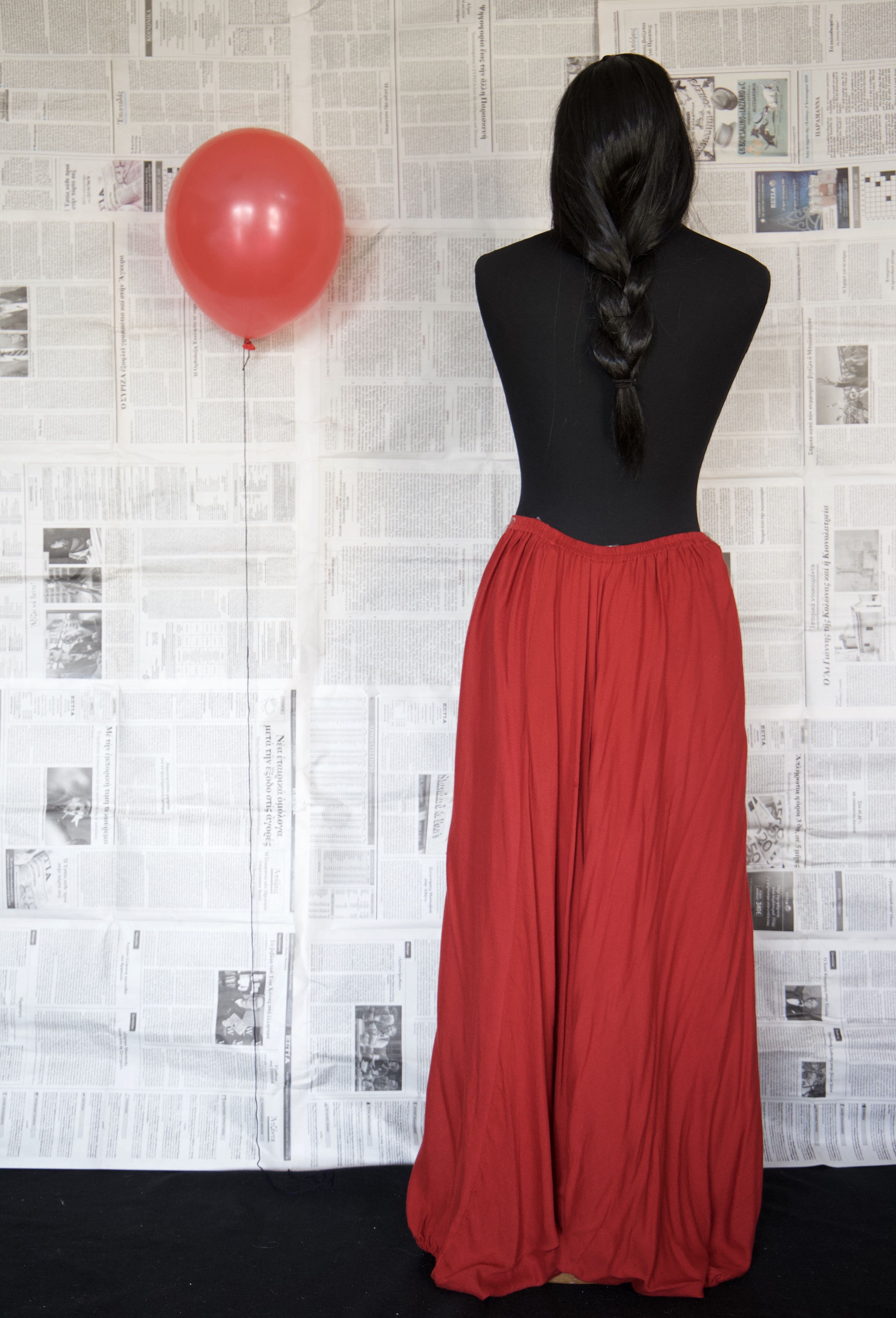
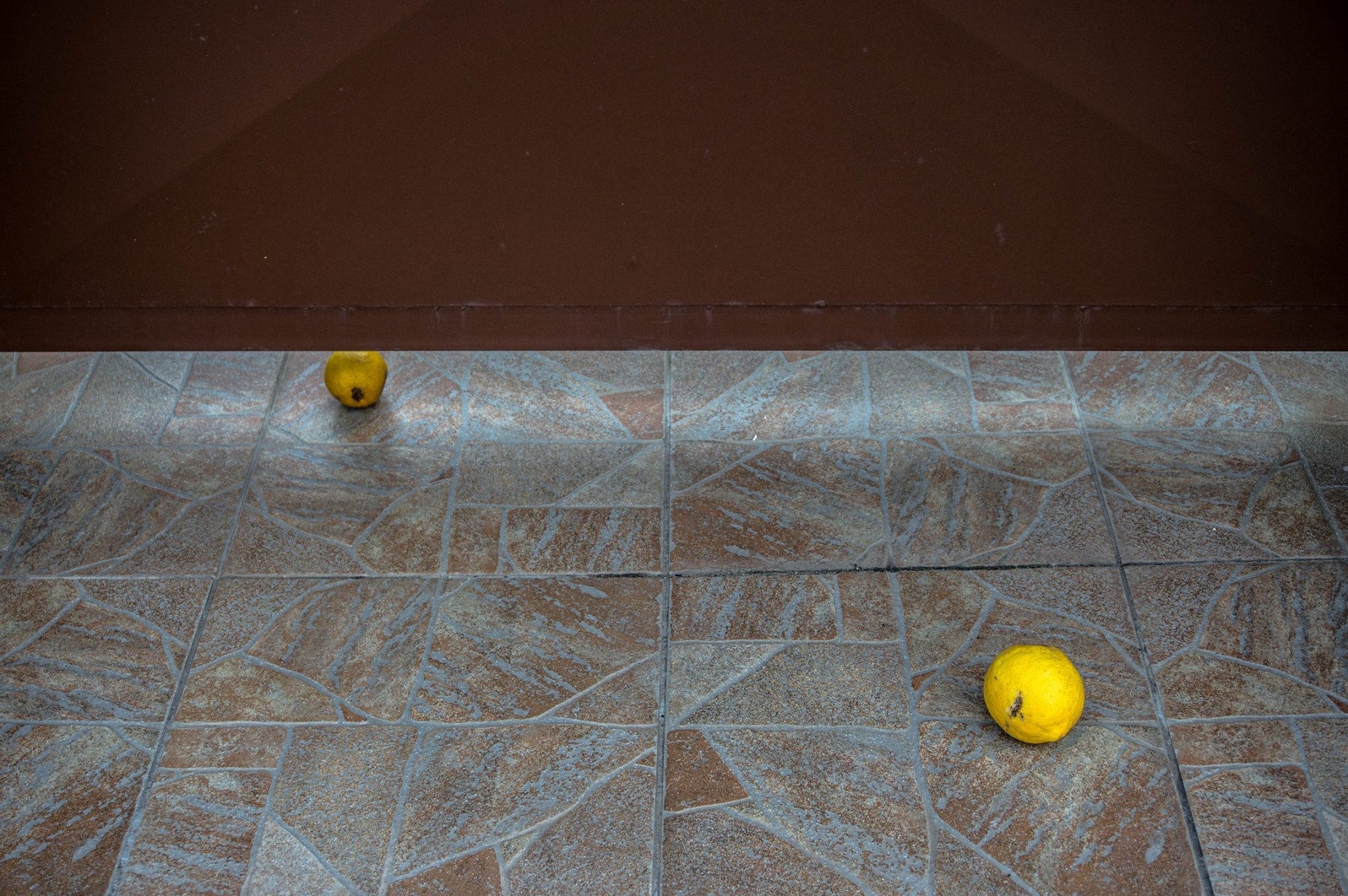
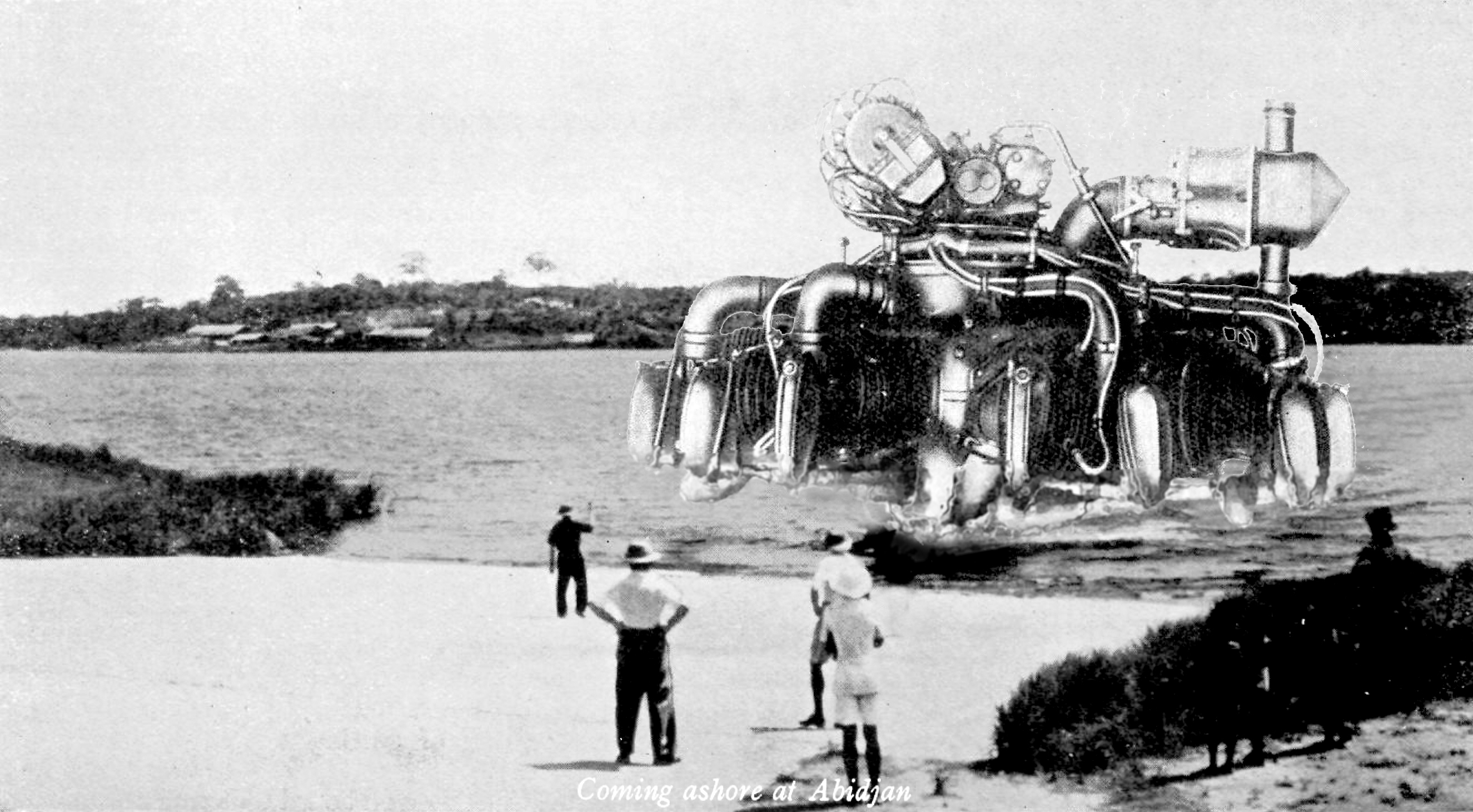
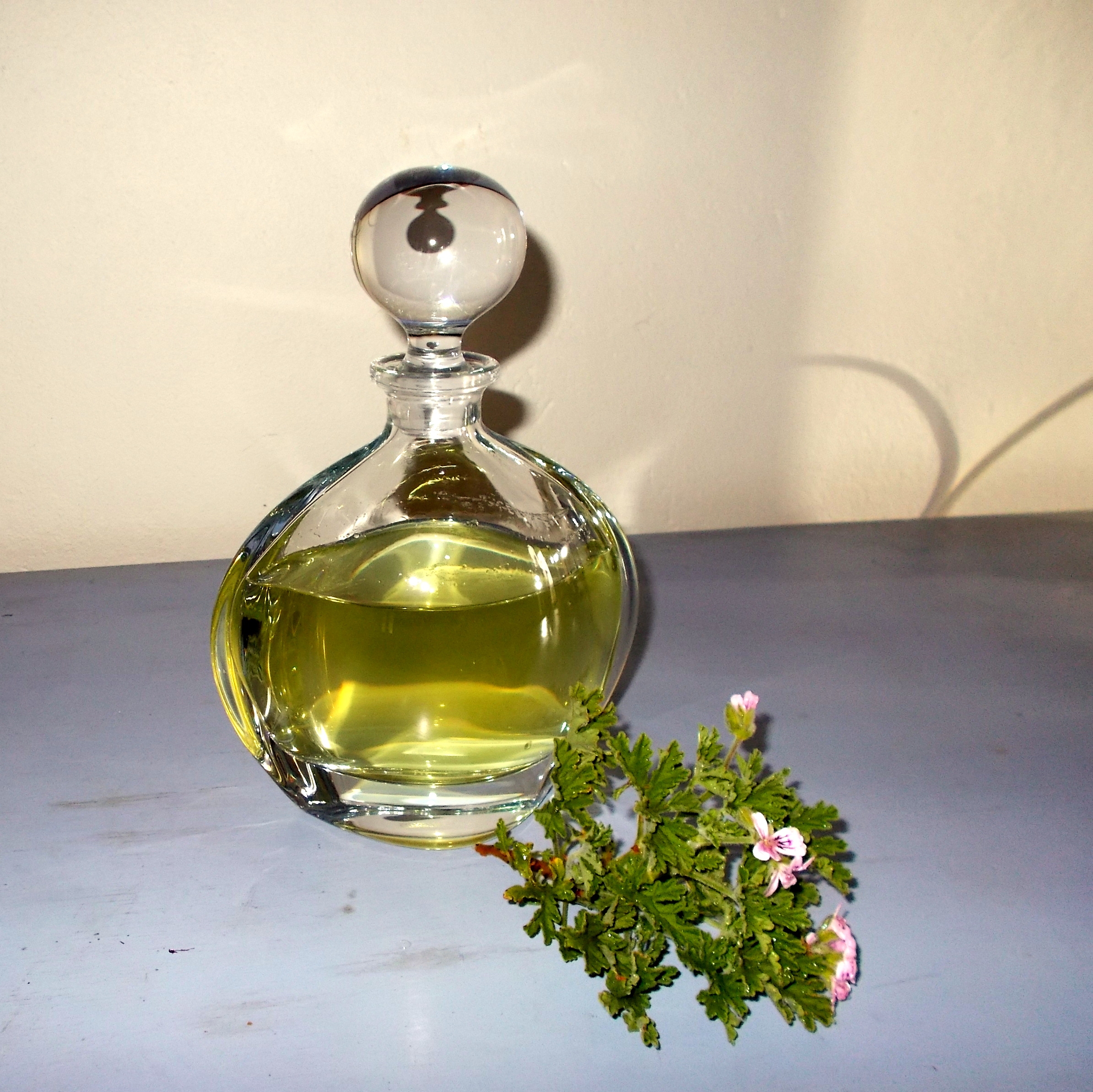
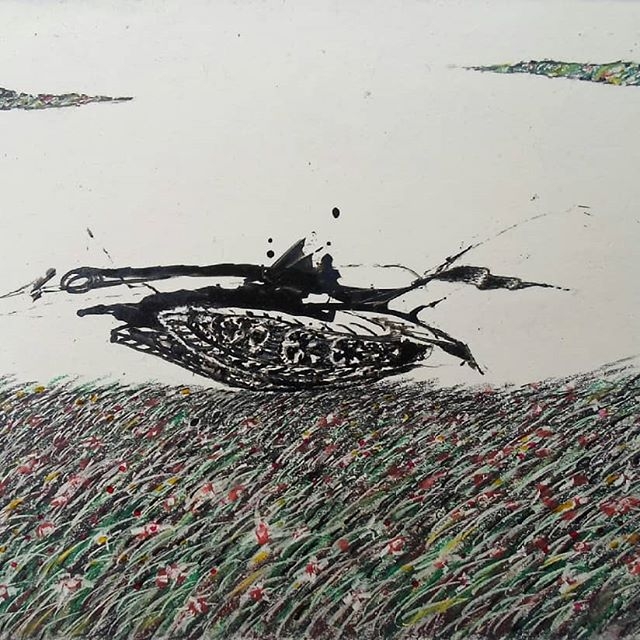
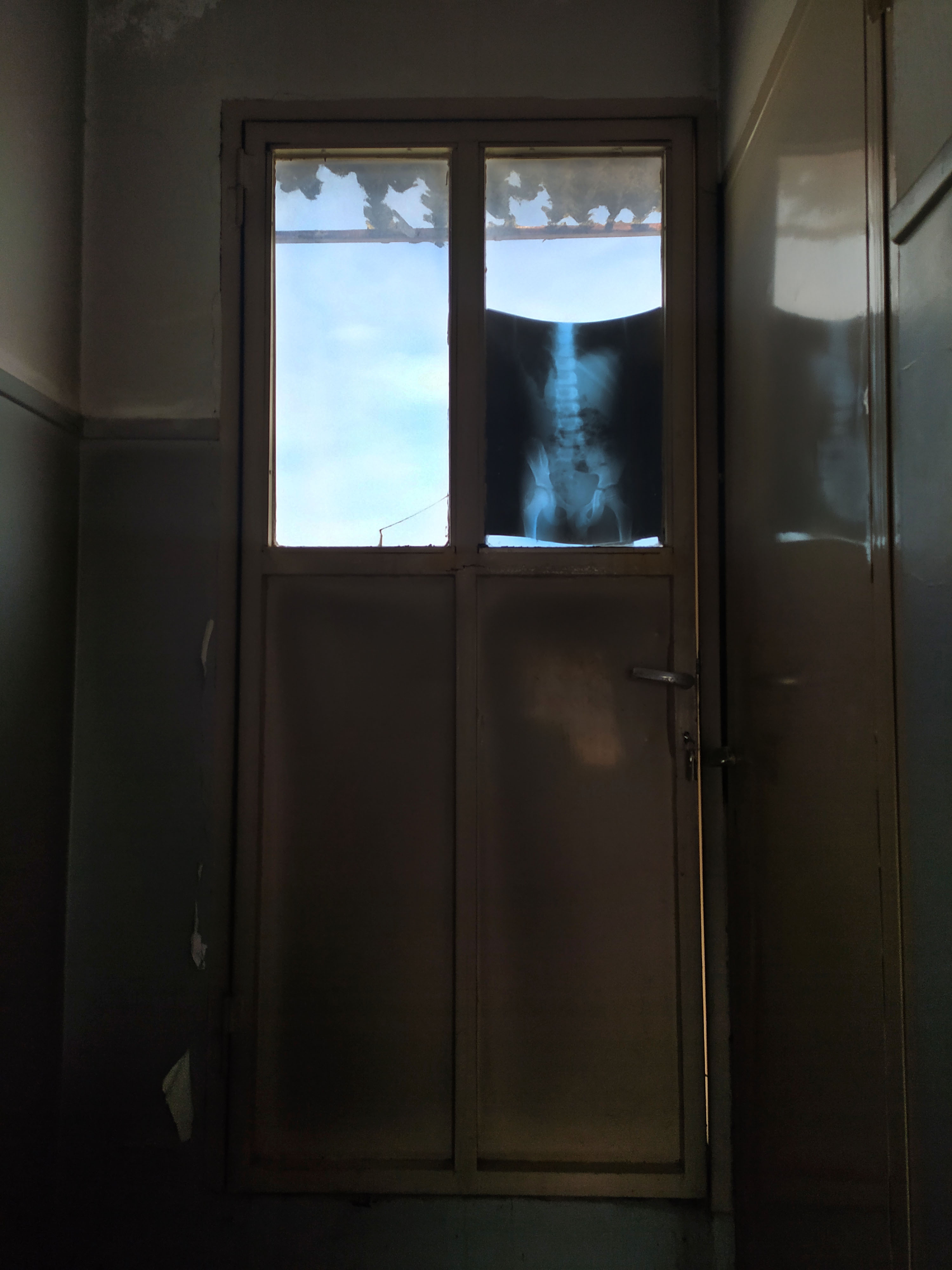
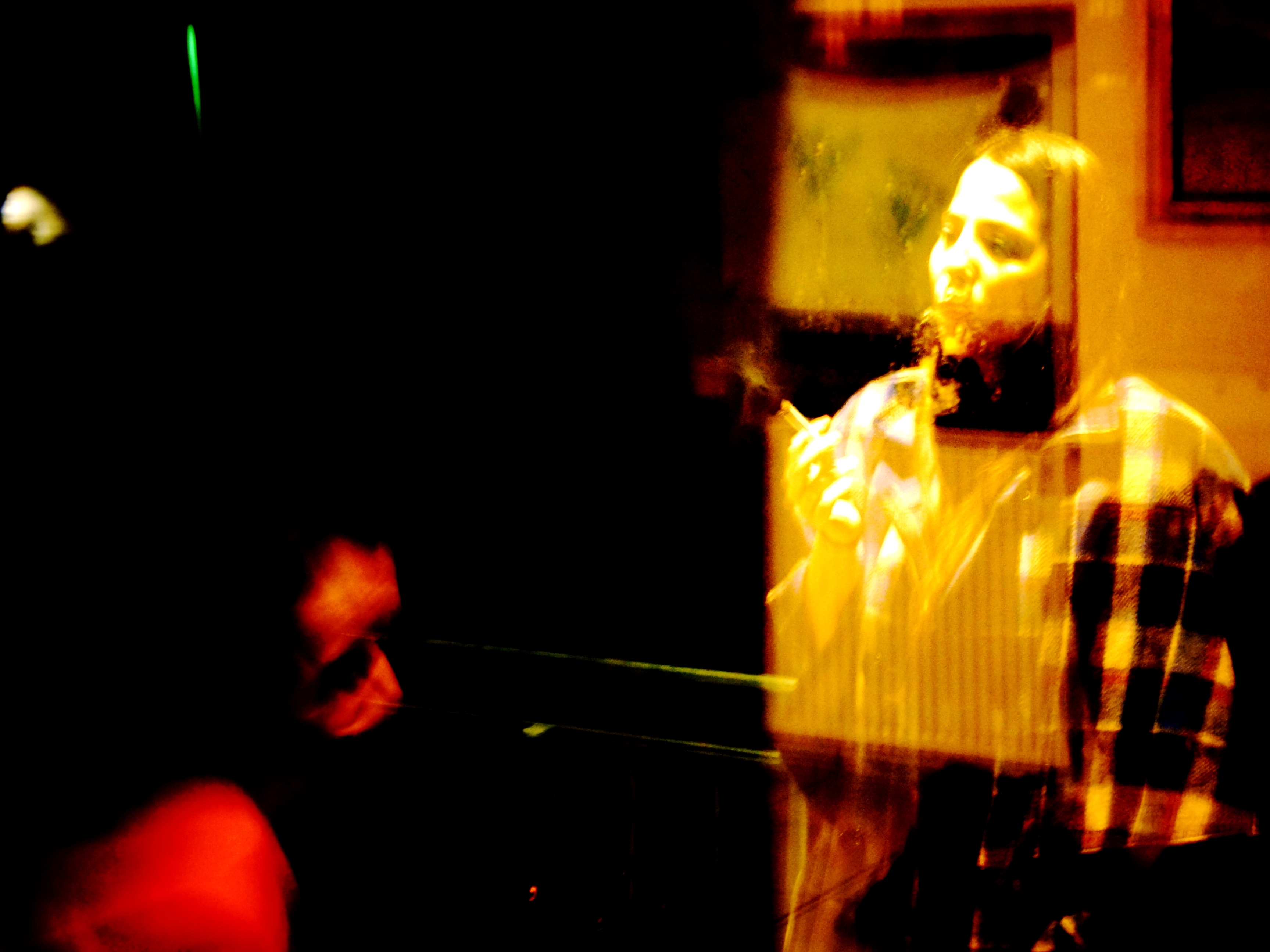

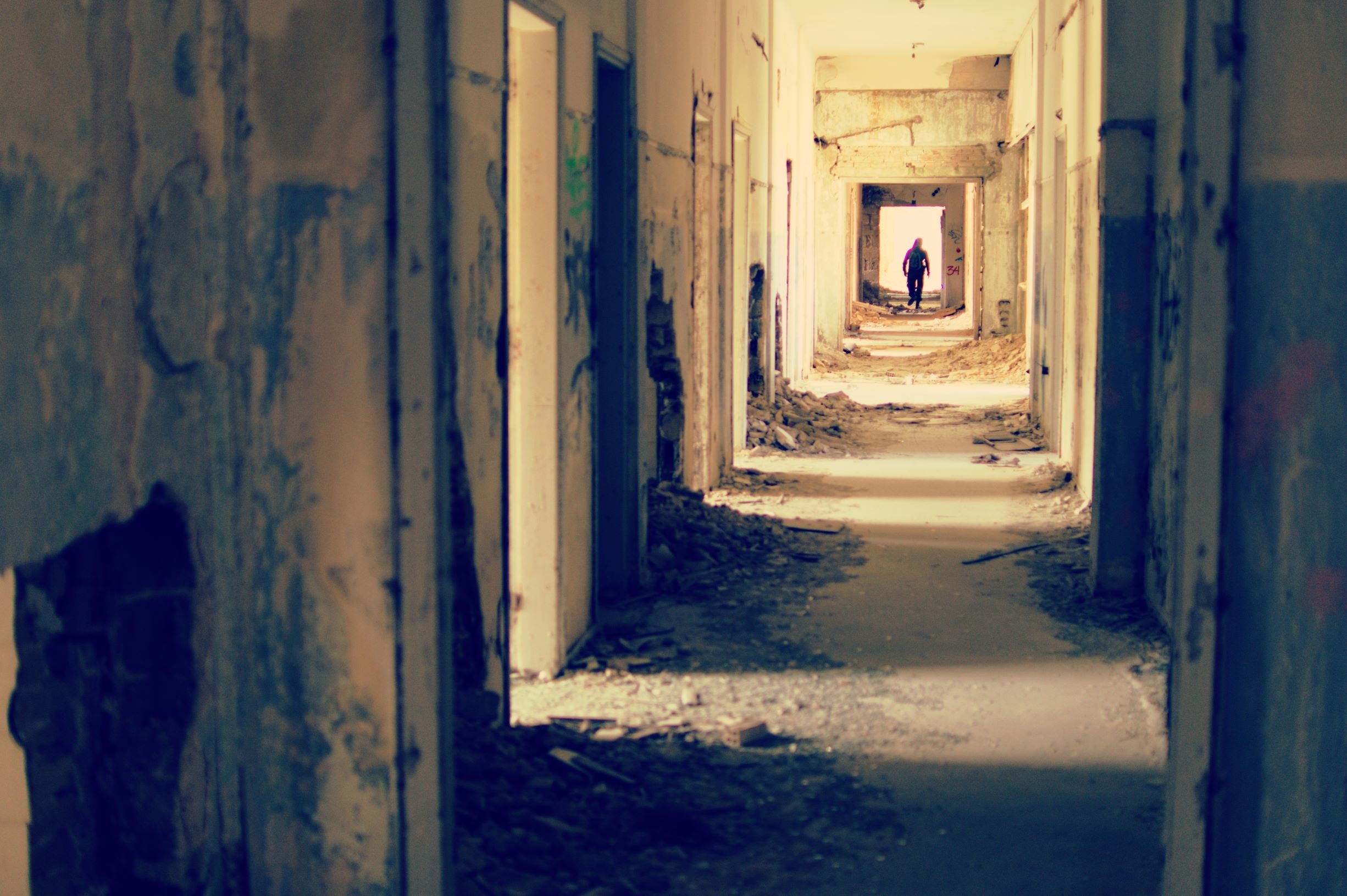
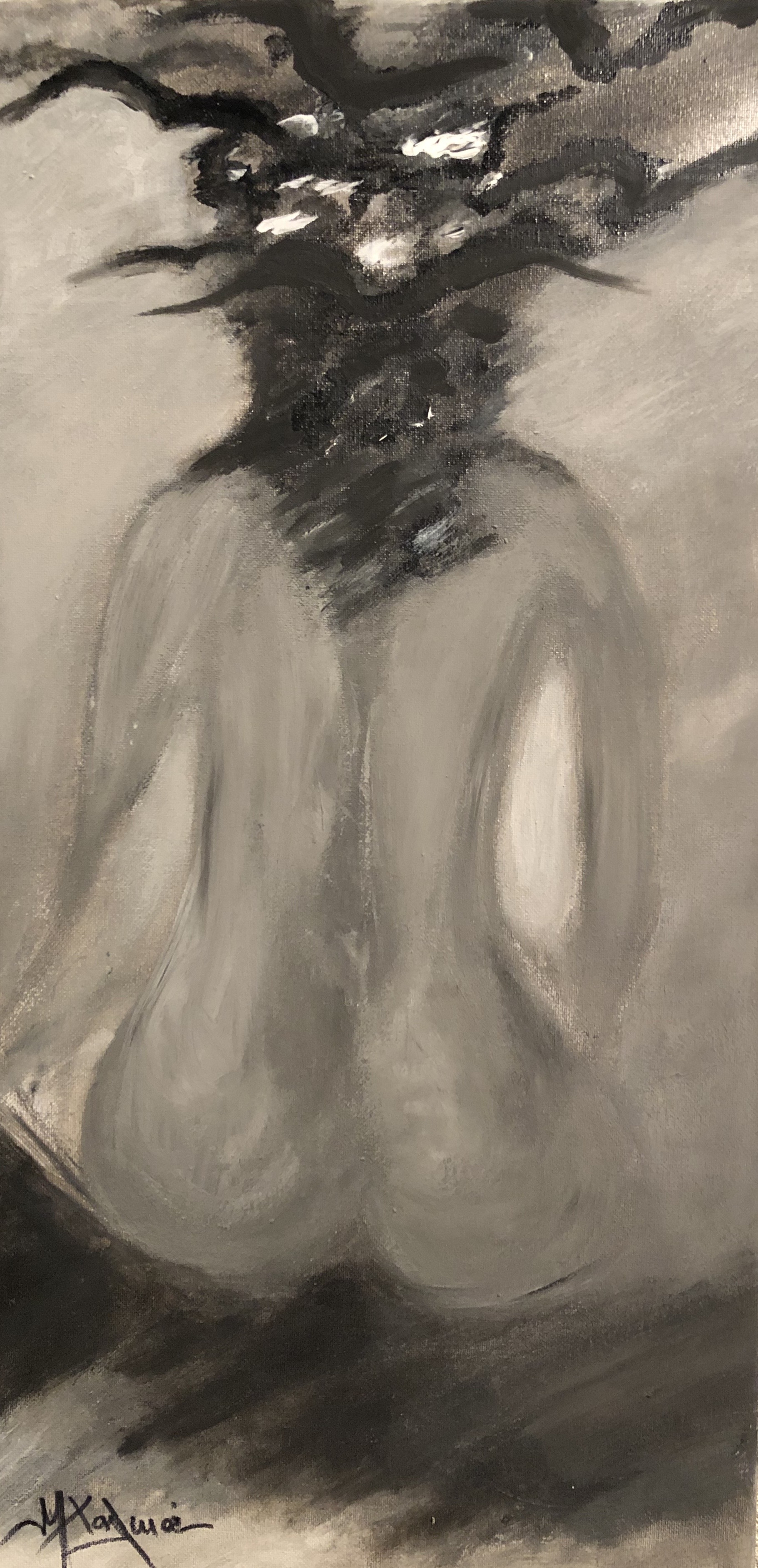
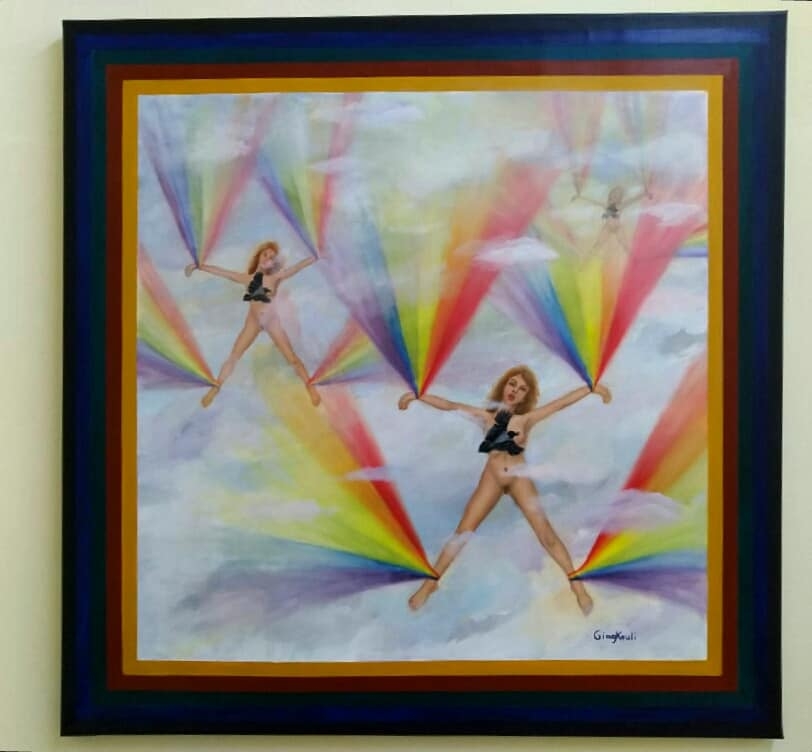
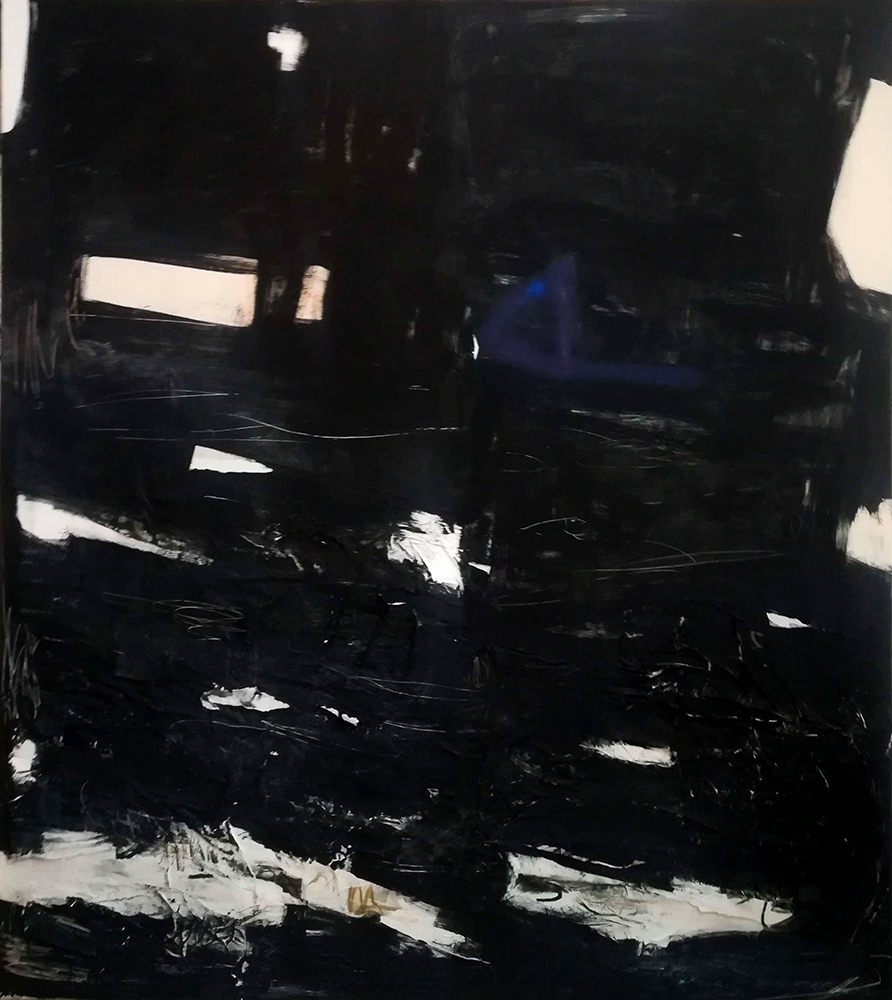

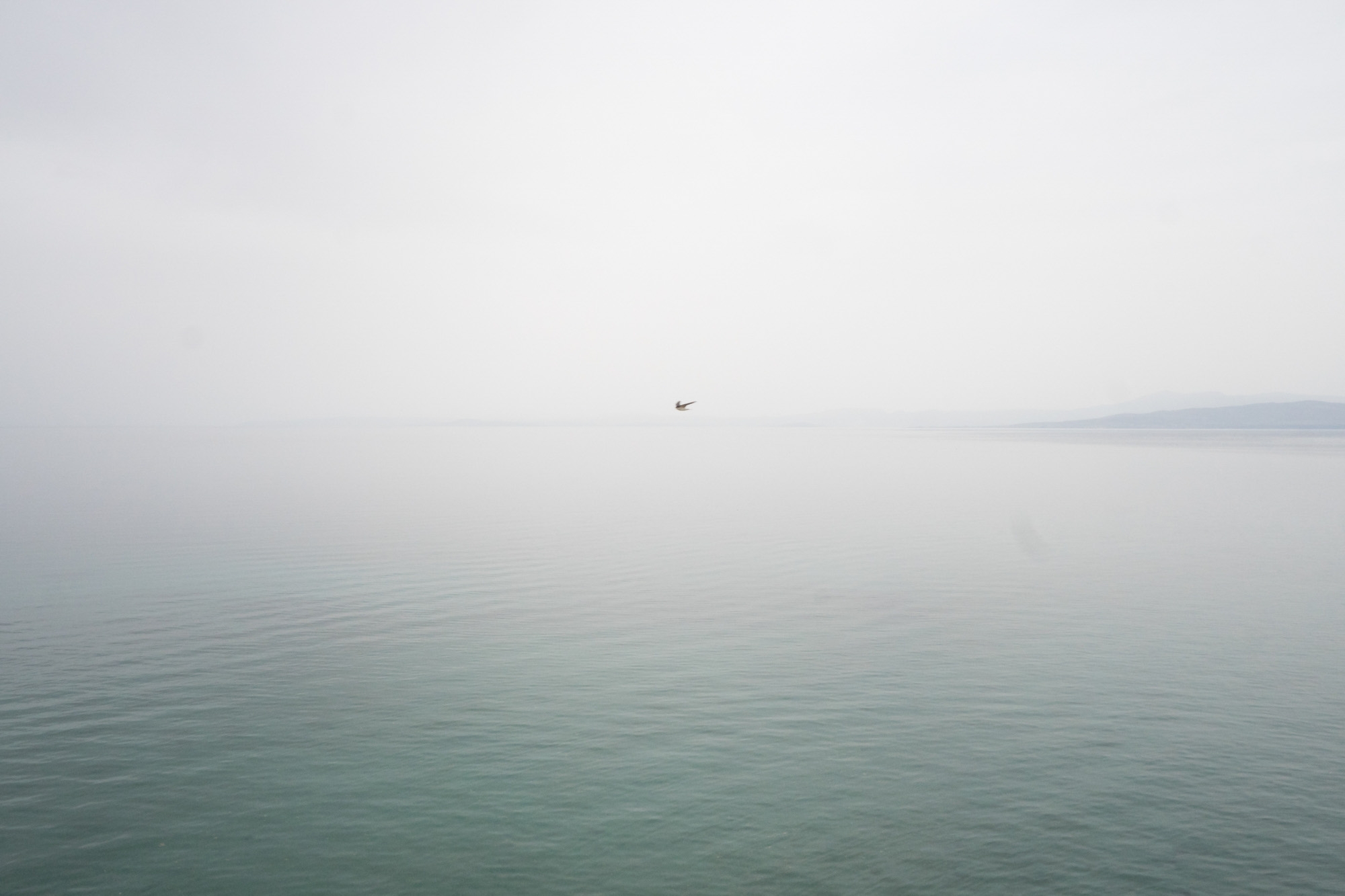
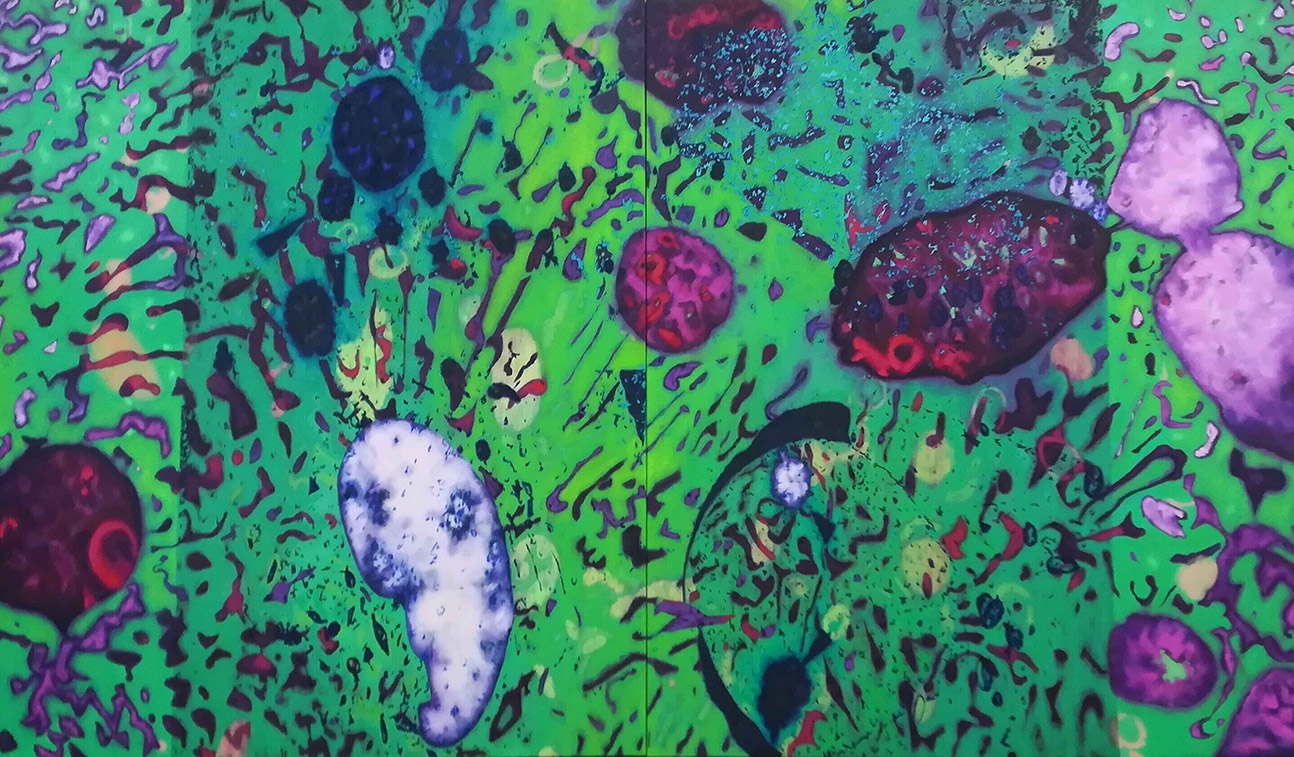

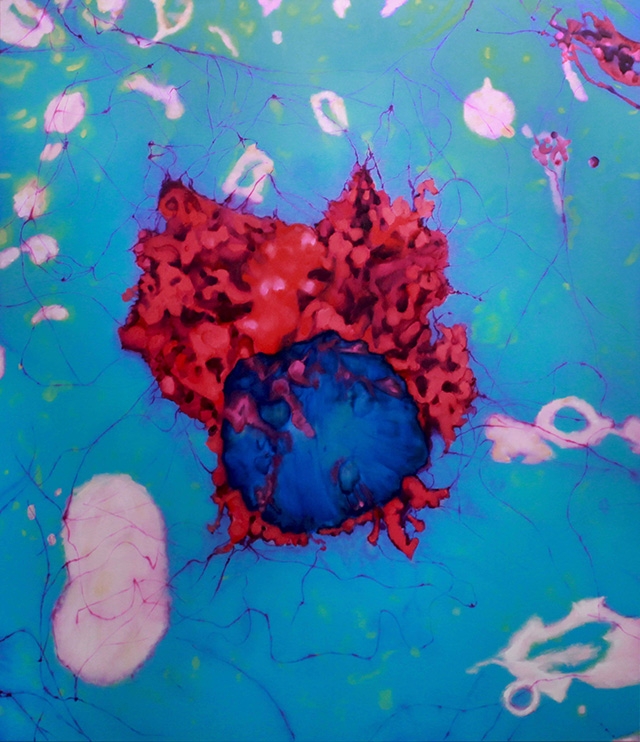

![[DAY 18] Alex Mylona, Cyclades II, 1984](/media/k2/items/cache/a42a2aa6c7440291c38ba9adc5892a56_XL.jpg?t=20200425_161227)
![[DAY 1] Alexander Plomaritis, “49 g”, 2020](/media/k2/items/cache/4695cb3b19cbf906e45dac0da0913068_XL.jpg?t=20200424_125253)
![[DAY 26] Avraam Pavlidis, Orfani Amerissa, St. Anna, Skyros, 15.7.2000](/media/k2/items/cache/474f4cdd4383ff91fd1d98bcb039d93b_XL.jpg)
![[DAY 19] Liubov Popova, “View from my window onto houses”, 1906](/media/k2/items/cache/948378d6a67ac0d7c7c6728581b072ab_XL.jpg?t=20200424_160853)
![[DAY 8] Detail of Mary Zygouri's work, "Frankestein and the Frankestein Brides of Diavata"](/media/k2/items/cache/1d73e13563b8be946c0f00bab252d7ea_XL.jpg)
![[DAY 11] Panagiotis Mitsobonos, "Flag bearer", Dafni, November 2017](/media/k2/items/cache/3707d8f2be163bd14c78cf07586f13bb_XL.jpg)
![[DAY 13] Alex Mylona, LOVE, 1986](/media/k2/items/cache/358873fad4914931314b94f2036b503a_XL.jpg)
![[DAY 6] Alexis Akrithakis, Airplane, 1982](/media/k2/items/cache/deb45d333d0414ba3de42155789fdb4a_XL.jpg)
![[DAY 14] Amalia's notebook page](/media/k2/items/cache/ea457adccaa9e569cff05de9b4f3b04d_XL.jpg)
![[DAY 29] Aleksei Morgunov, “Standing Figure (Aviator)”, 1912-1913](/media/k2/items/cache/9ded0288e863fbe79d863f606cb05c21_XL.jpg)
![[DAY 3] Stephen Antonakos, Untitled (page 51), 1988](/media/k2/items/cache/245effadf41c6129f4fe7accc564ef86_XL.jpg)
![[DAY 25] Antonis Papadopoulos, Untitled, 2004-05](/media/k2/items/cache/47e29f9fe96a1771642fb05ac8a8fd00_XL.jpg)
